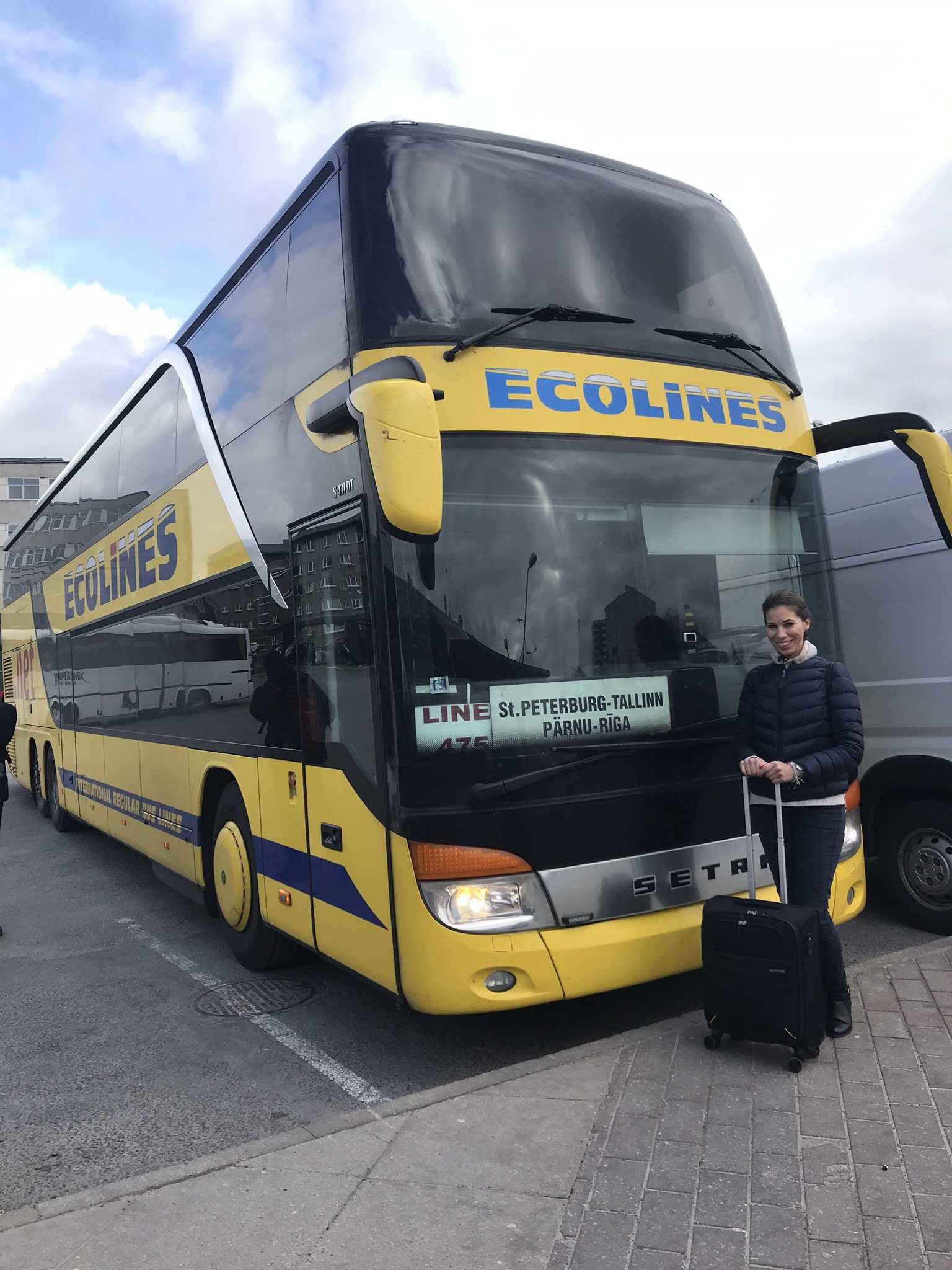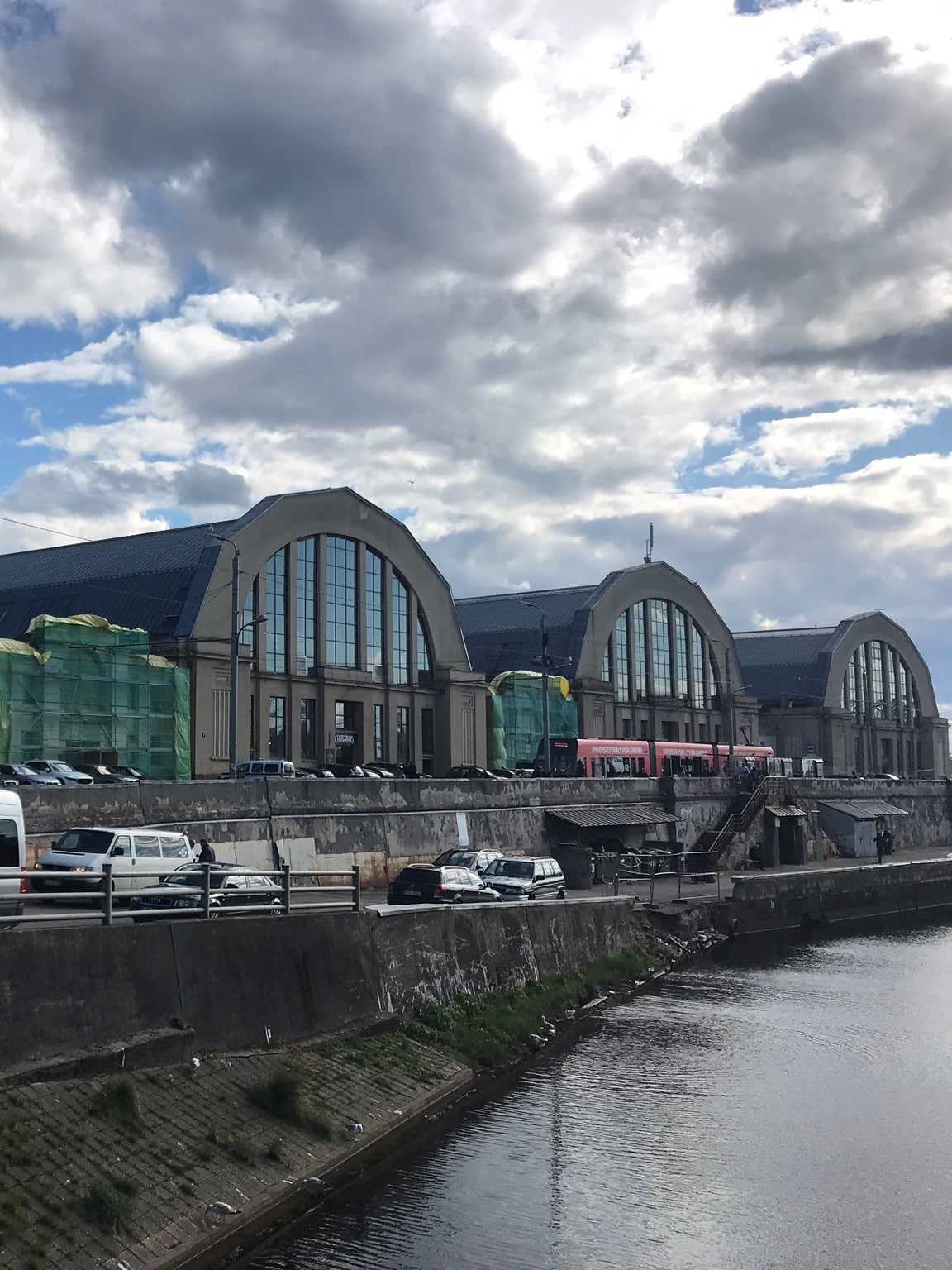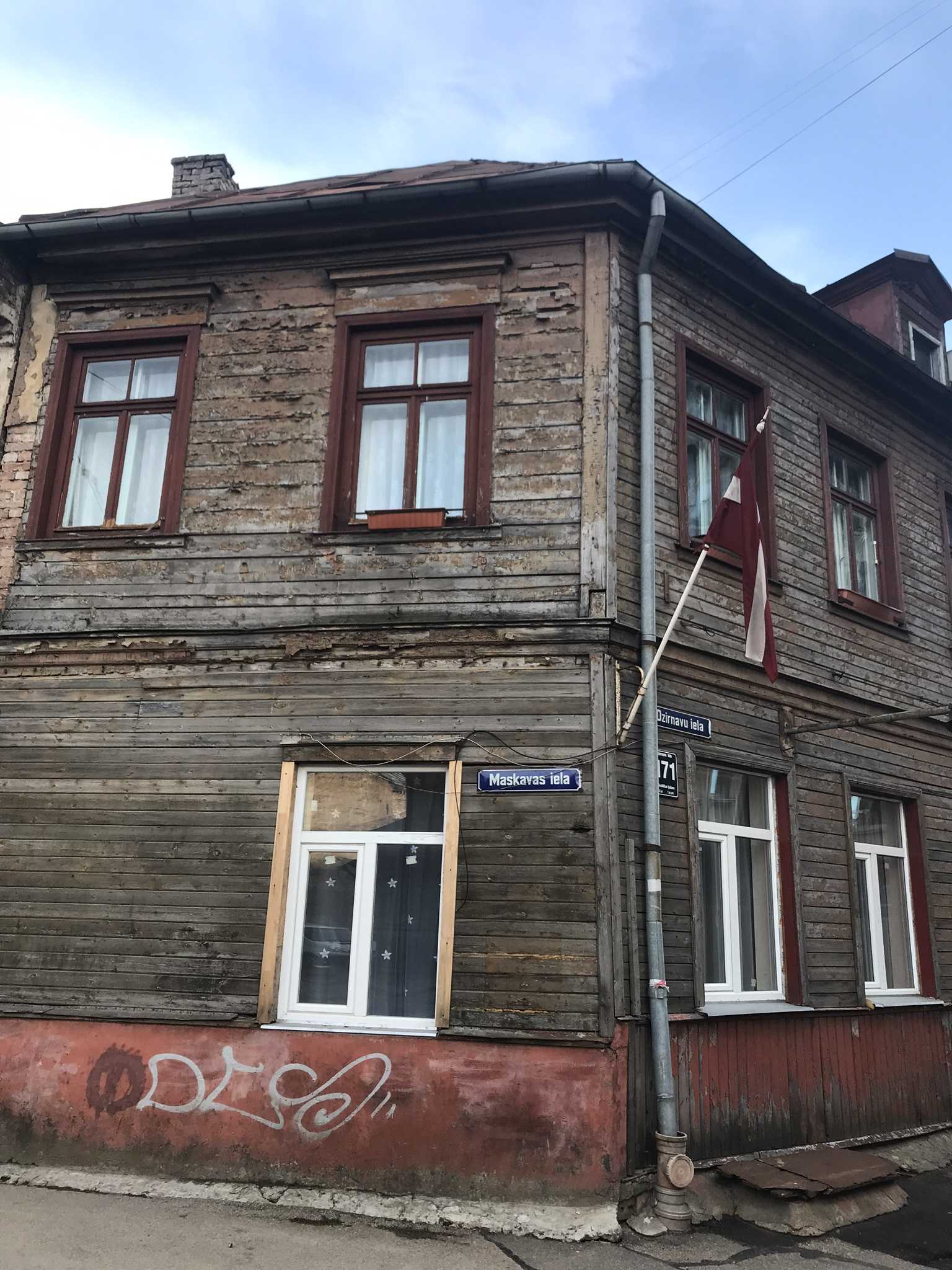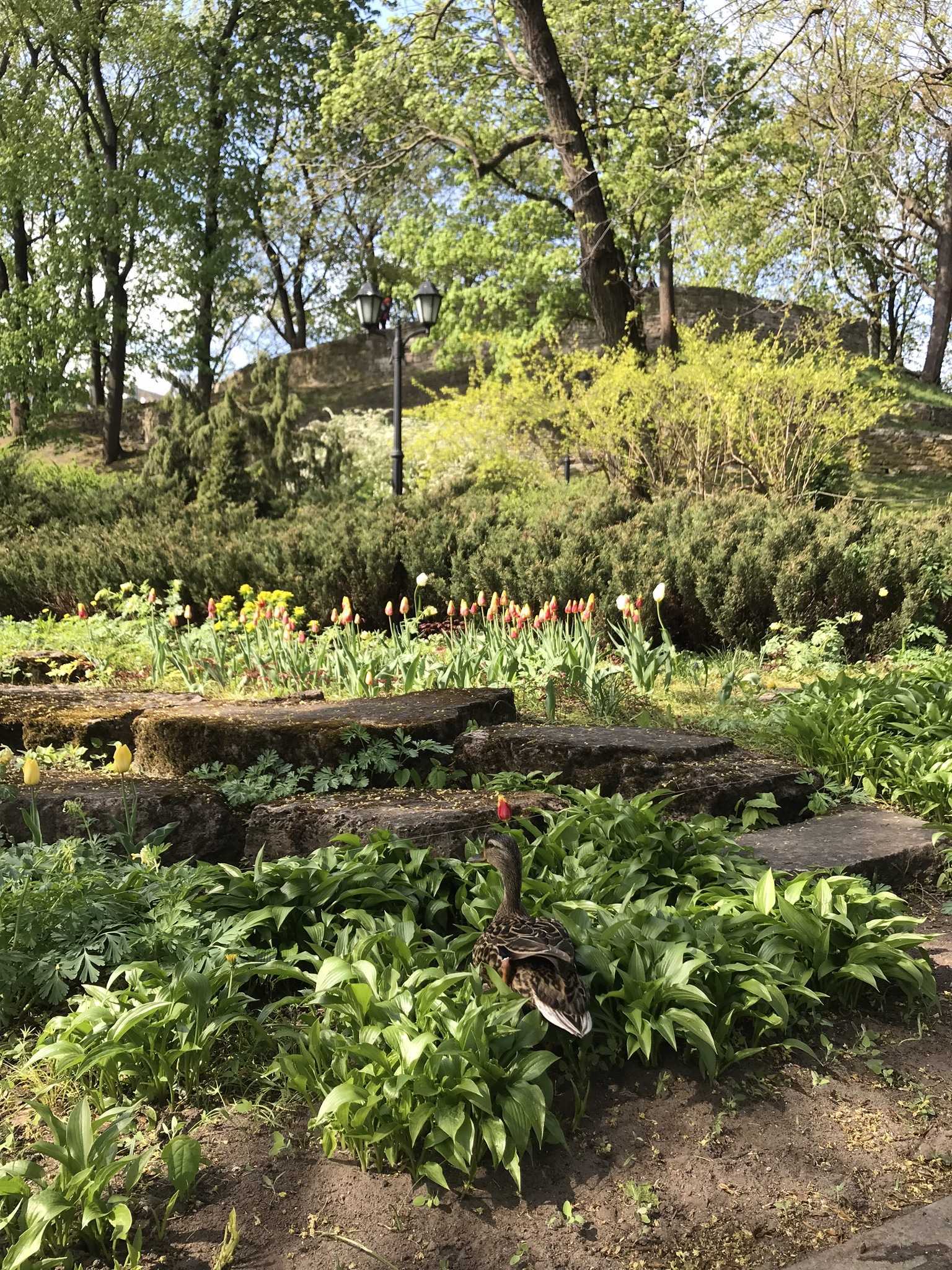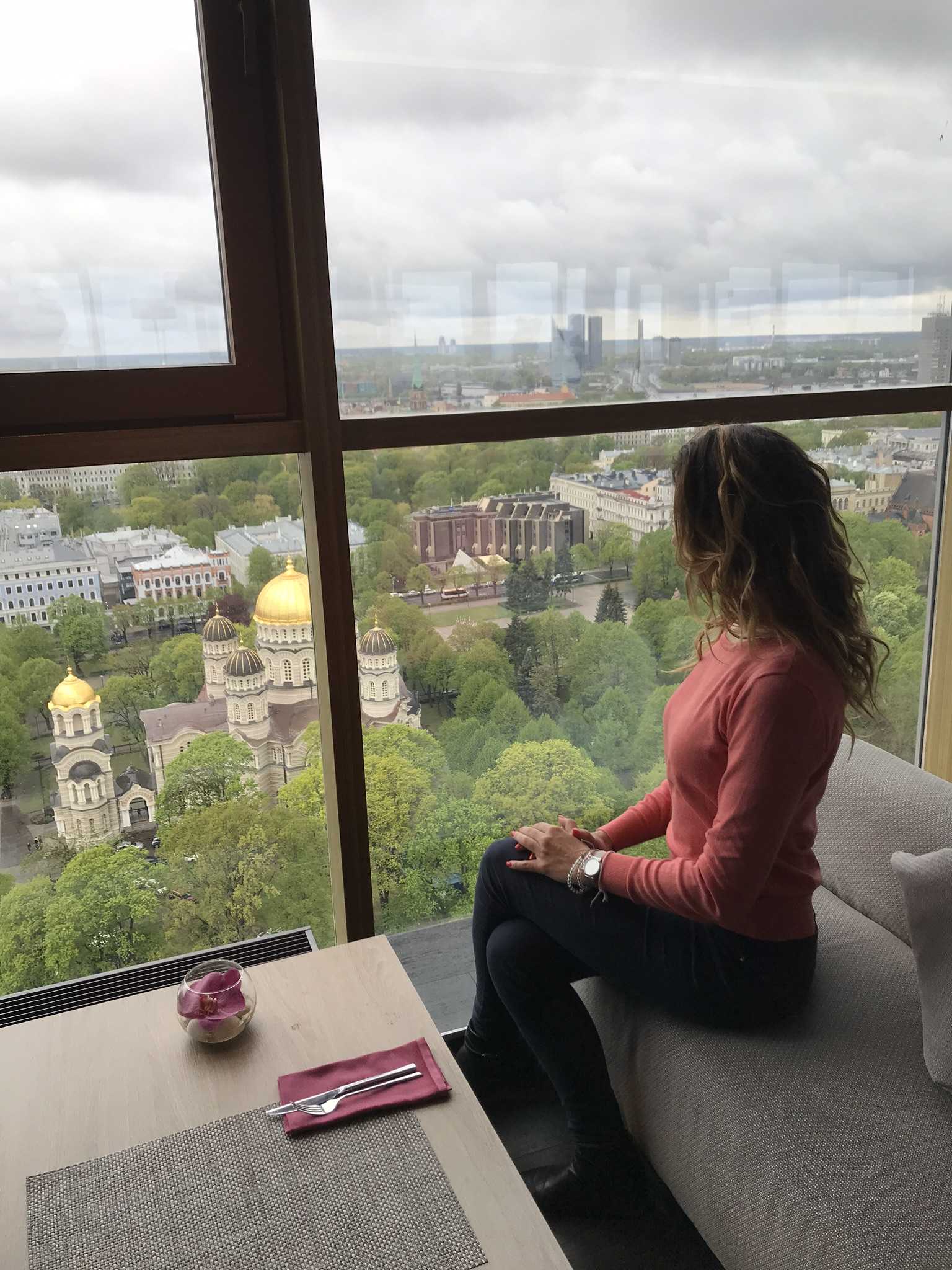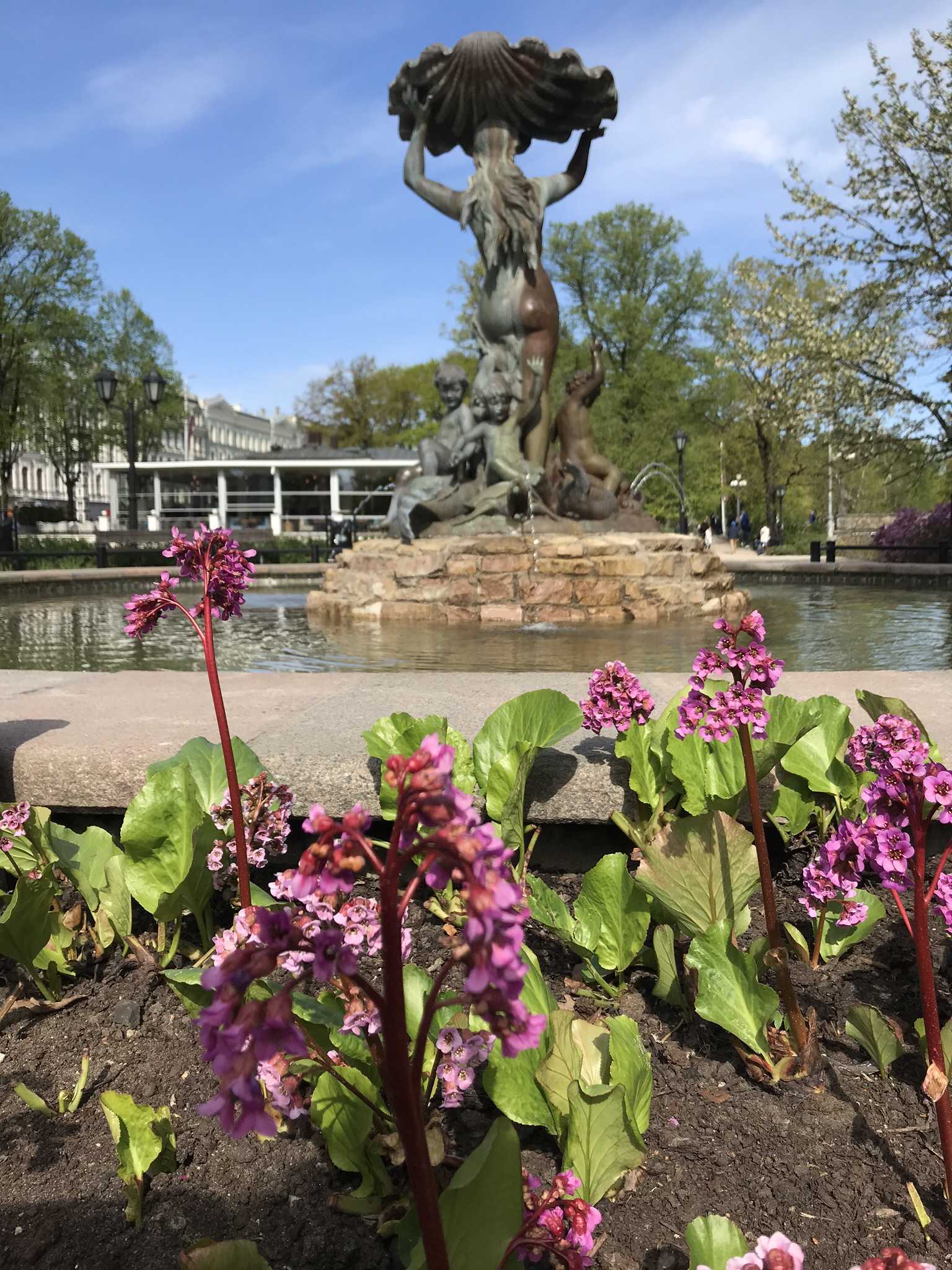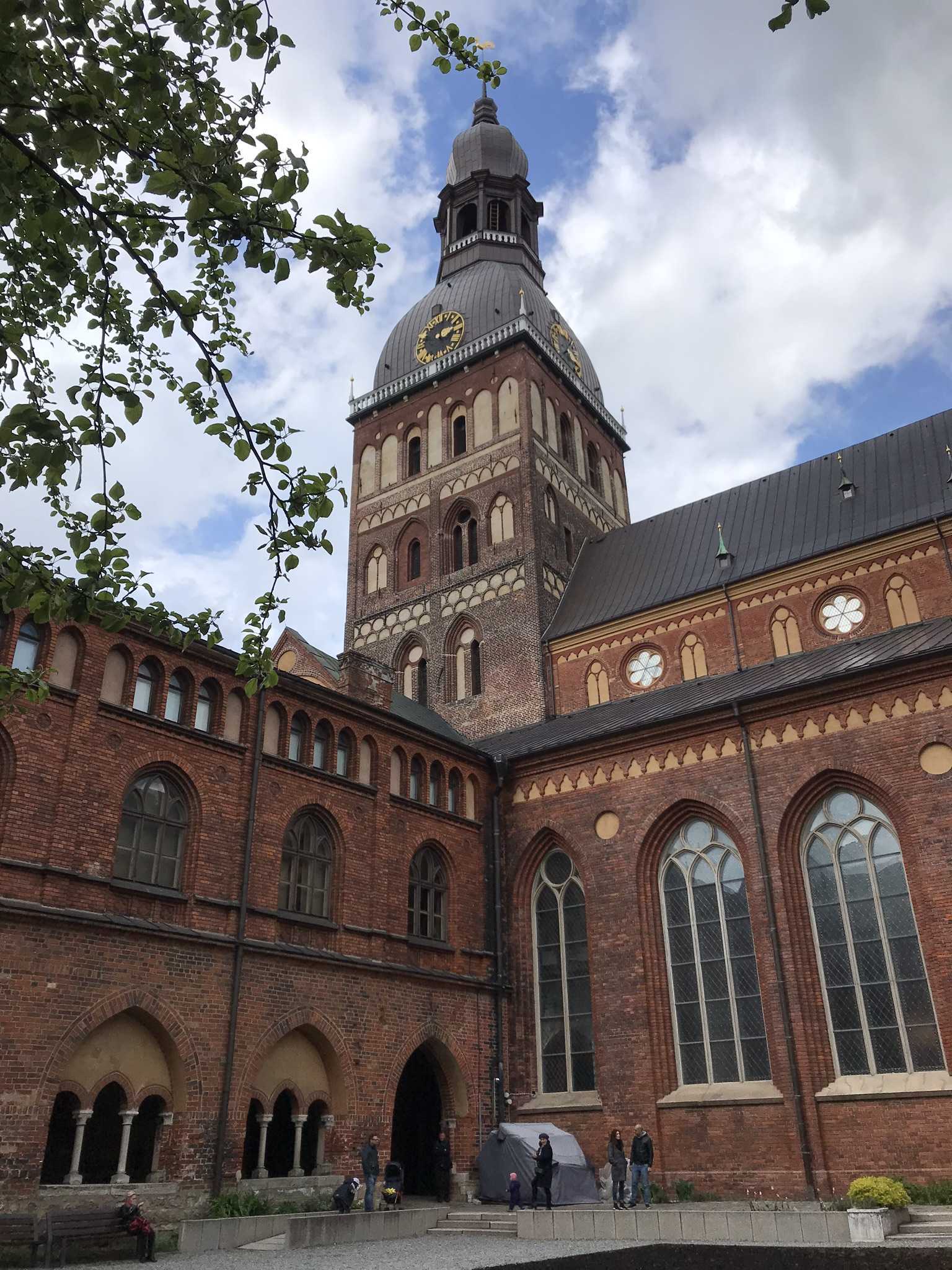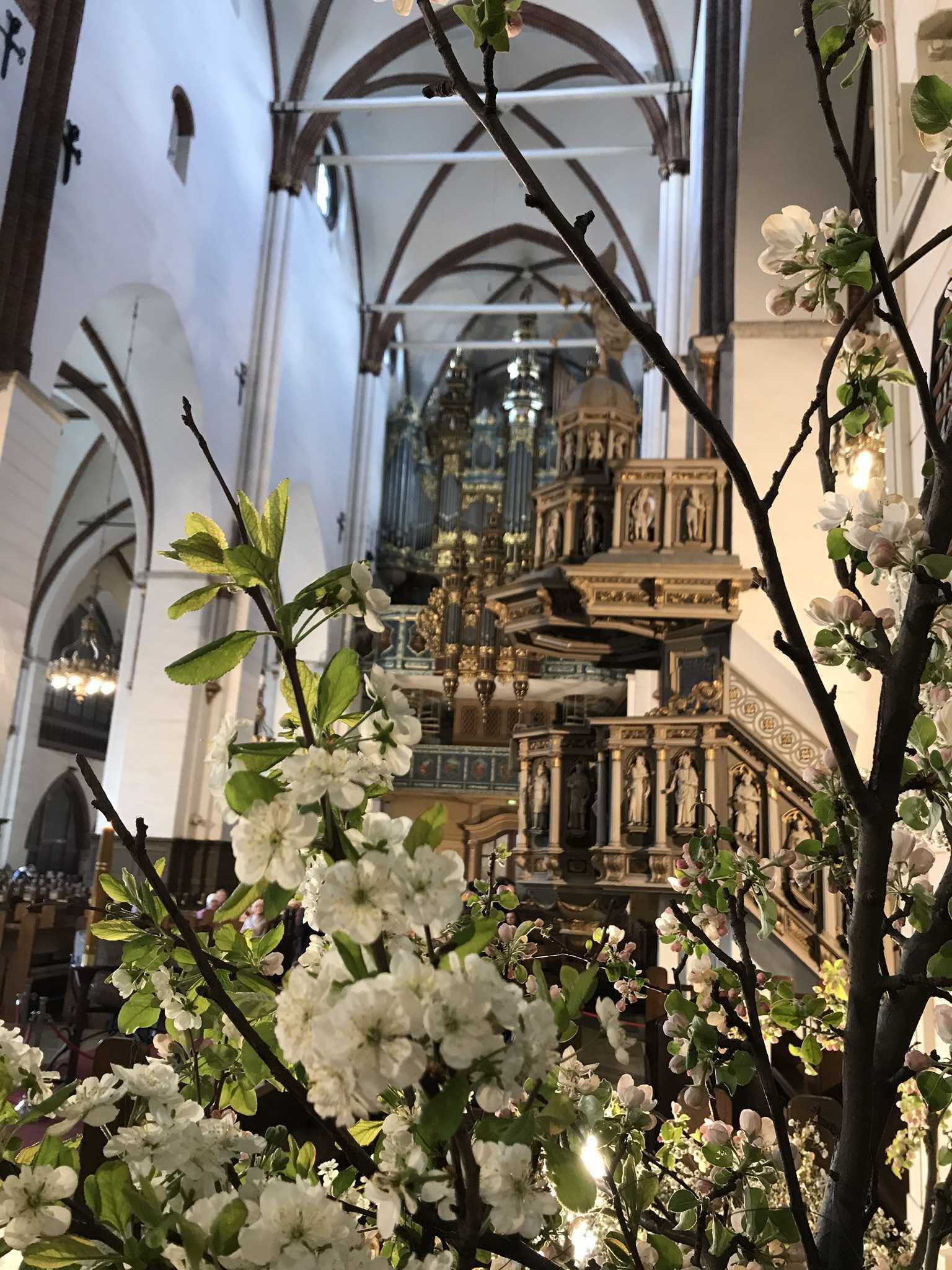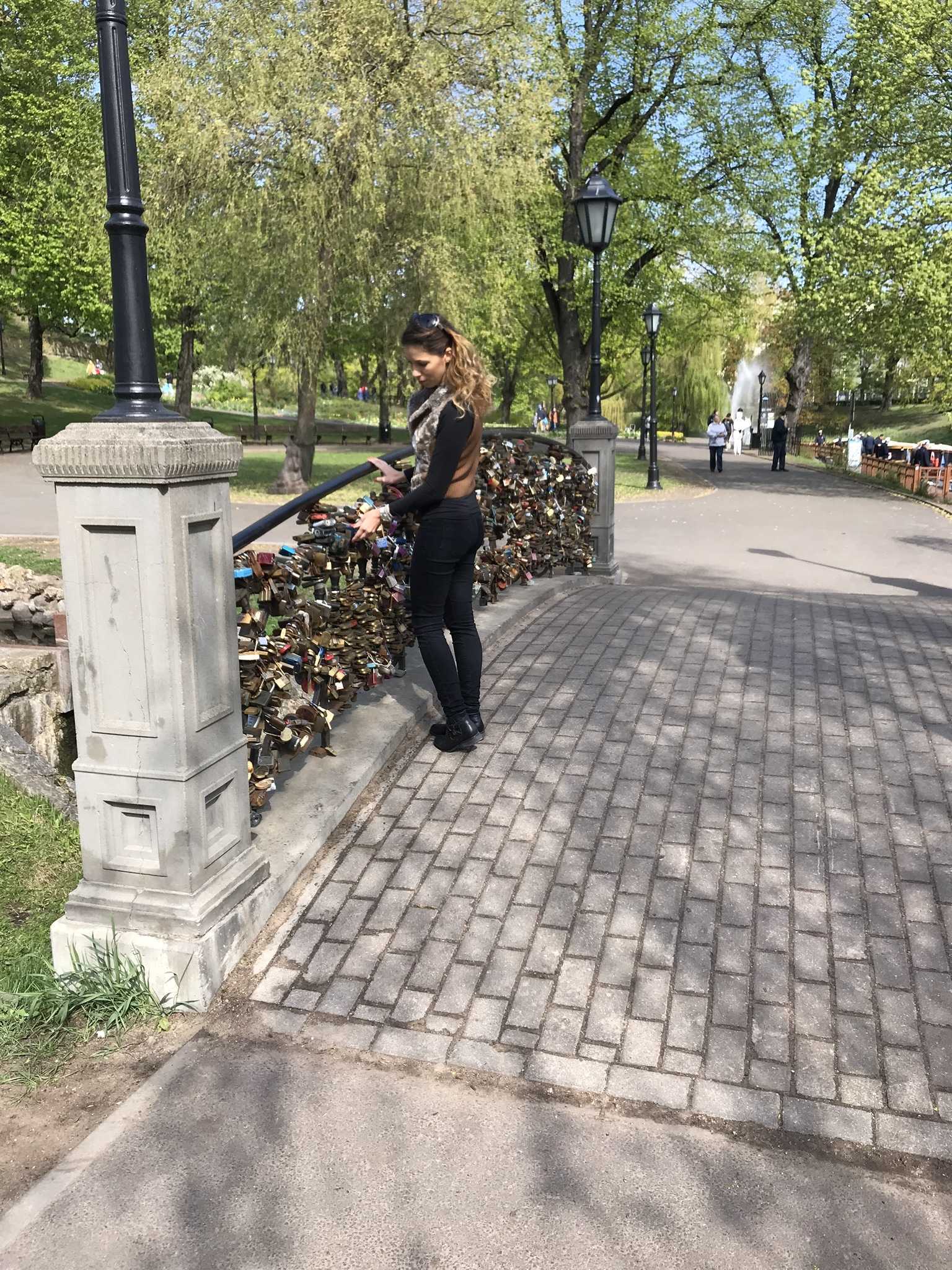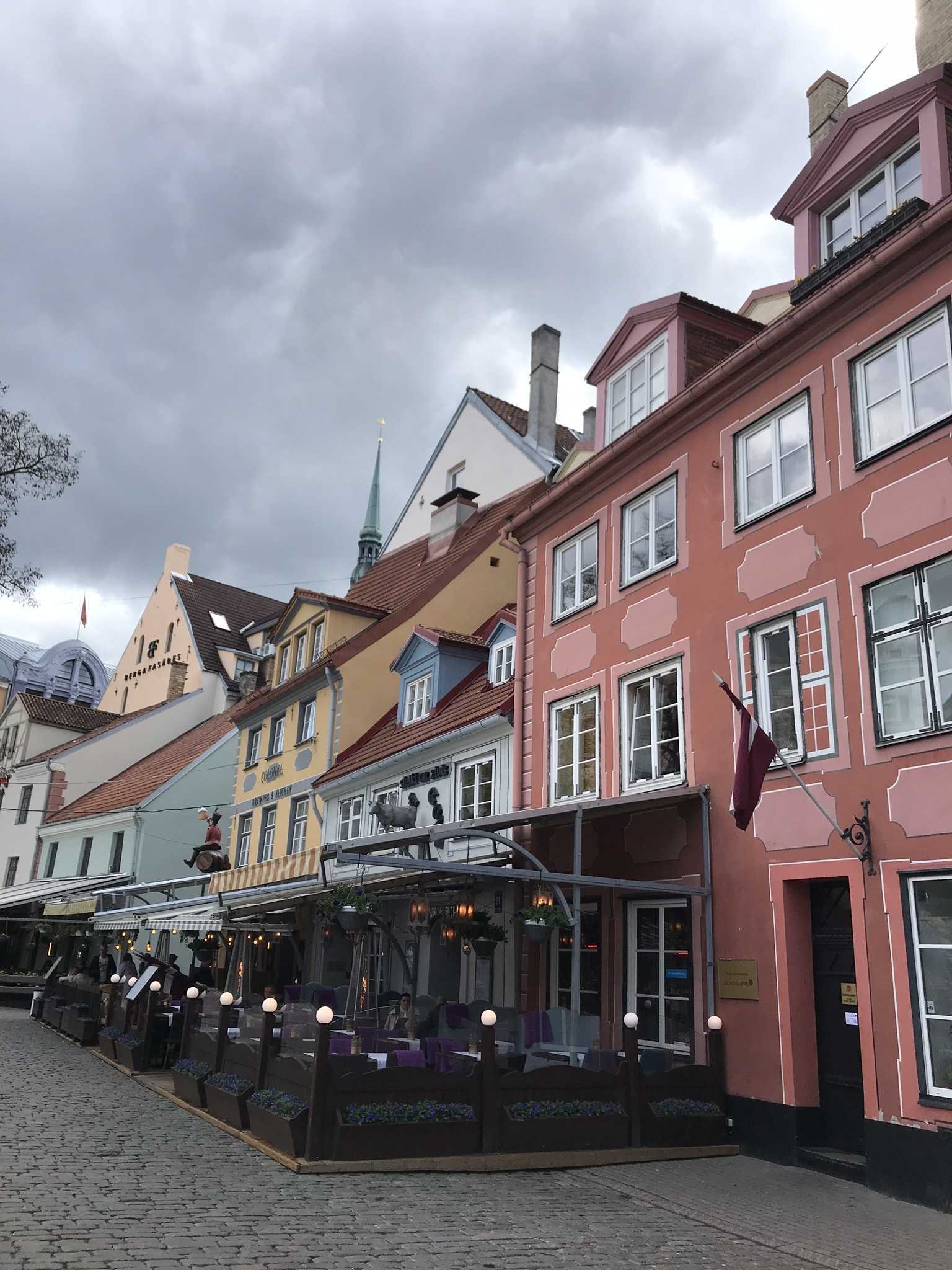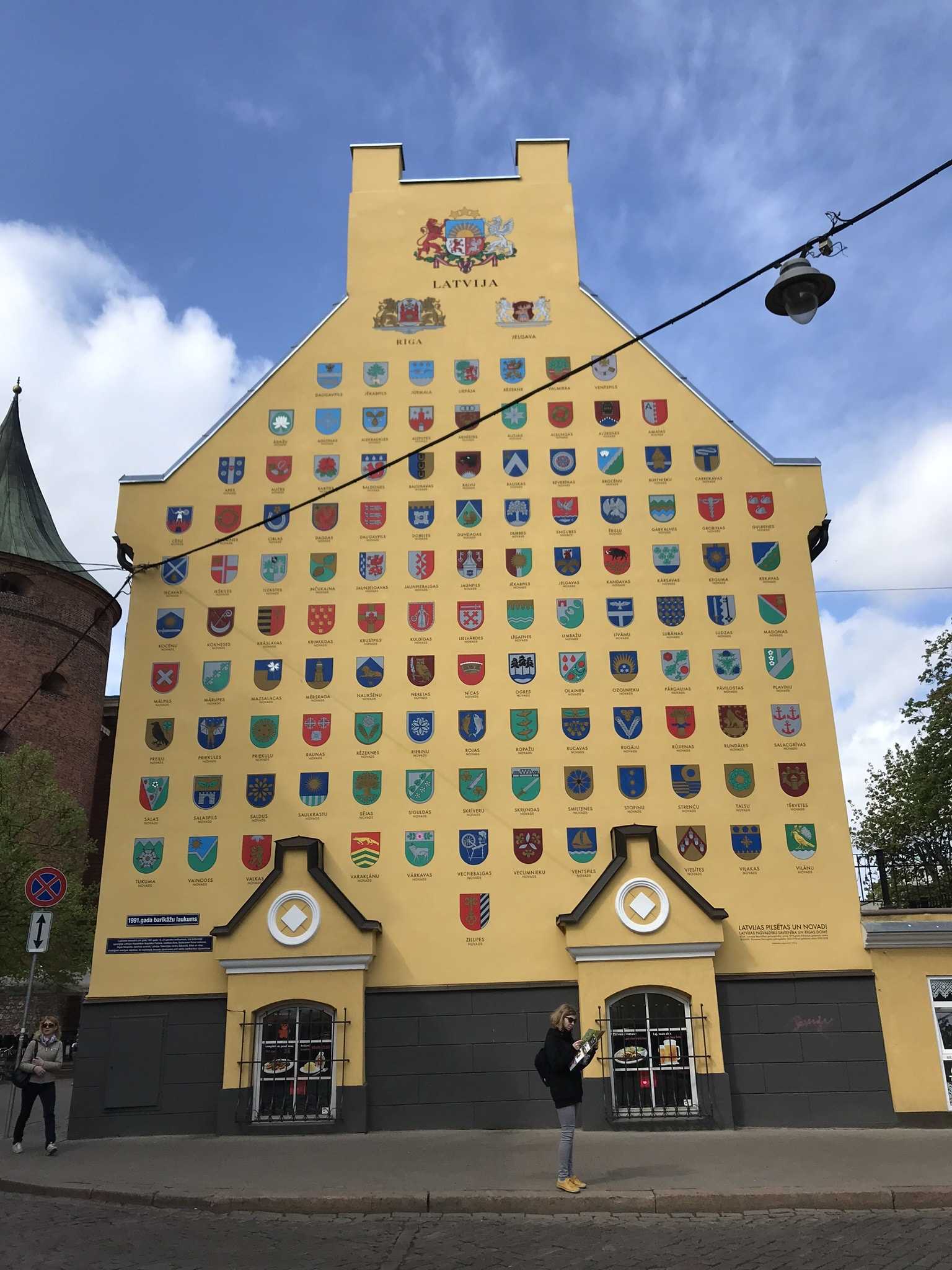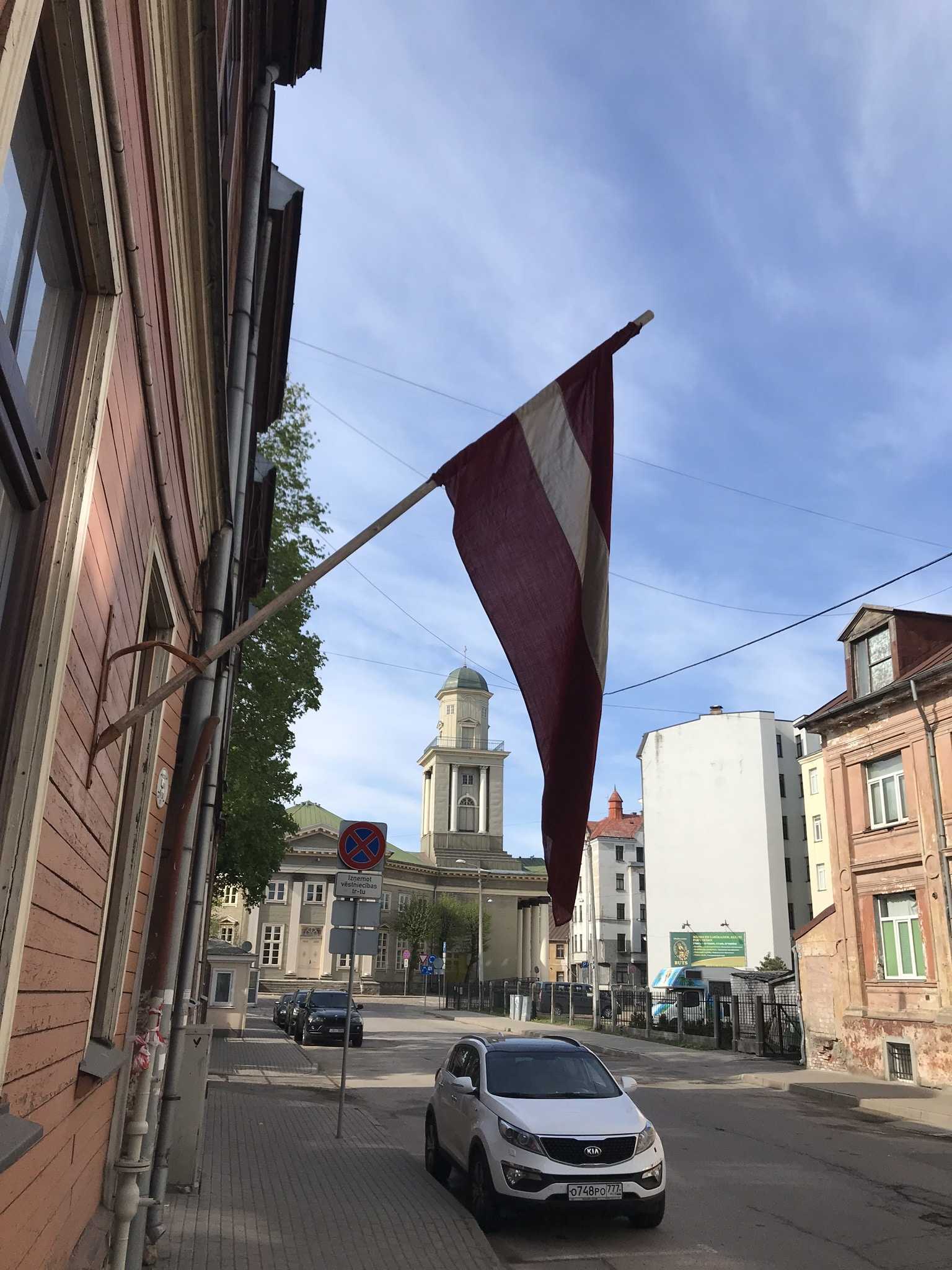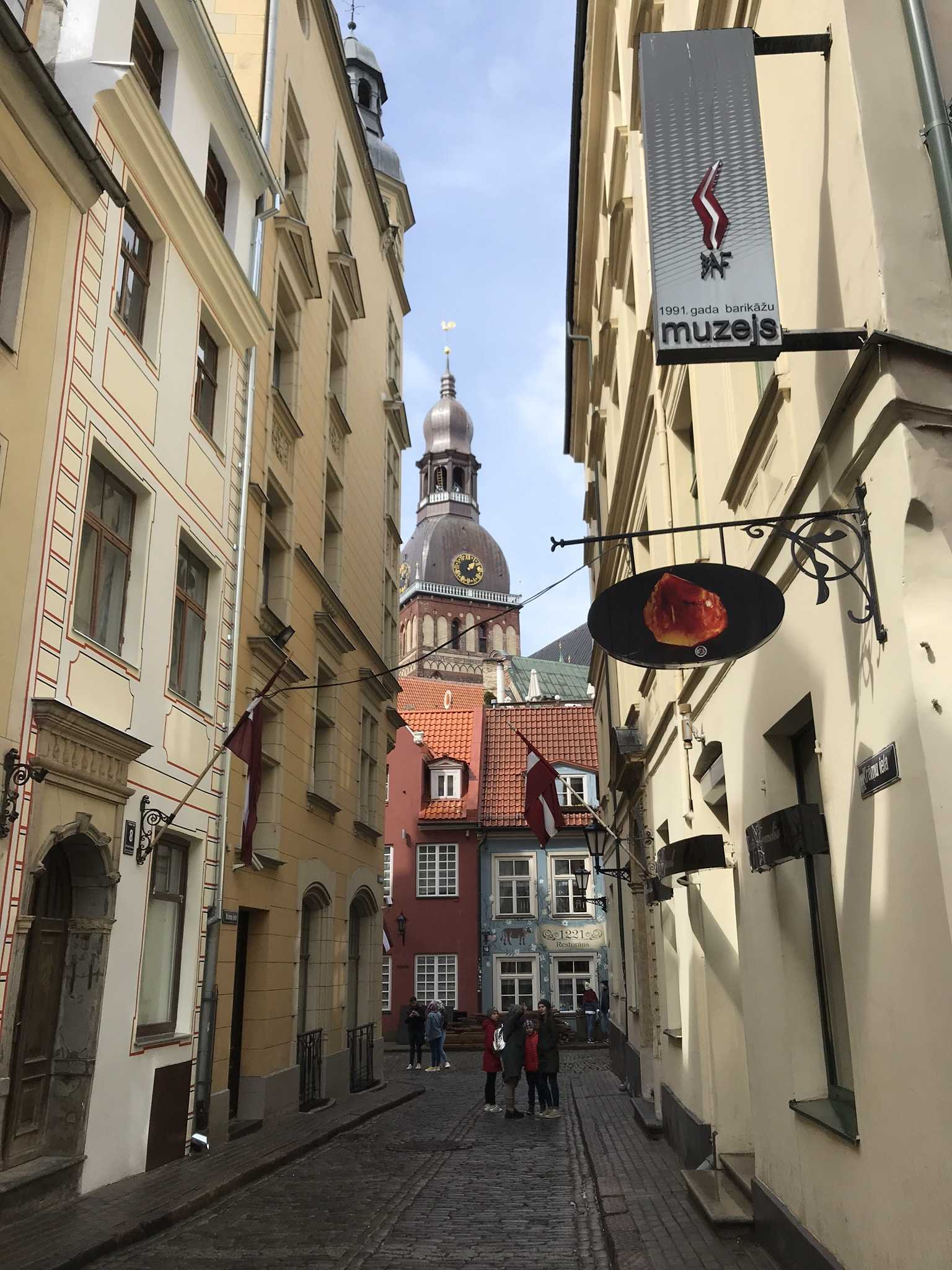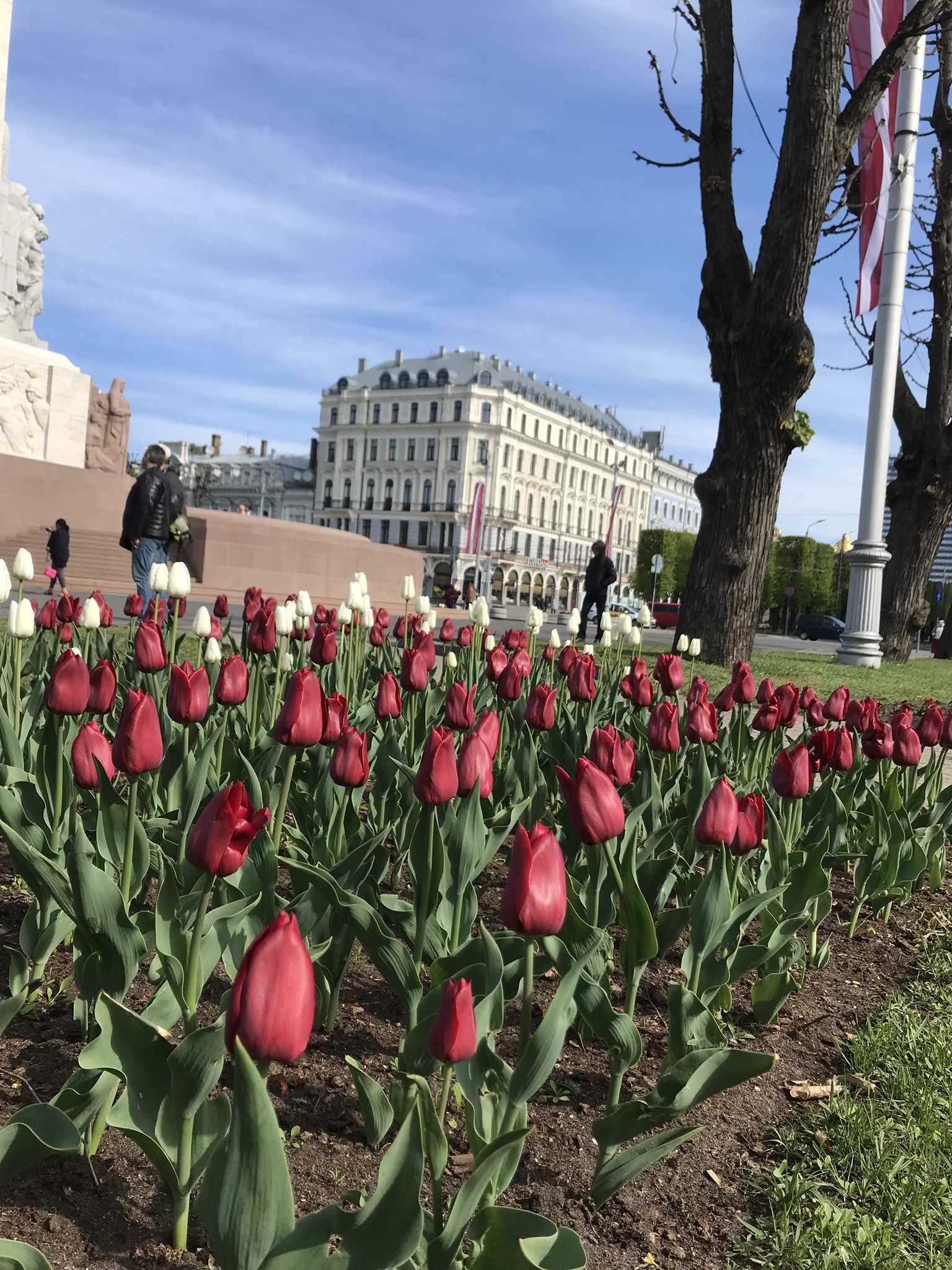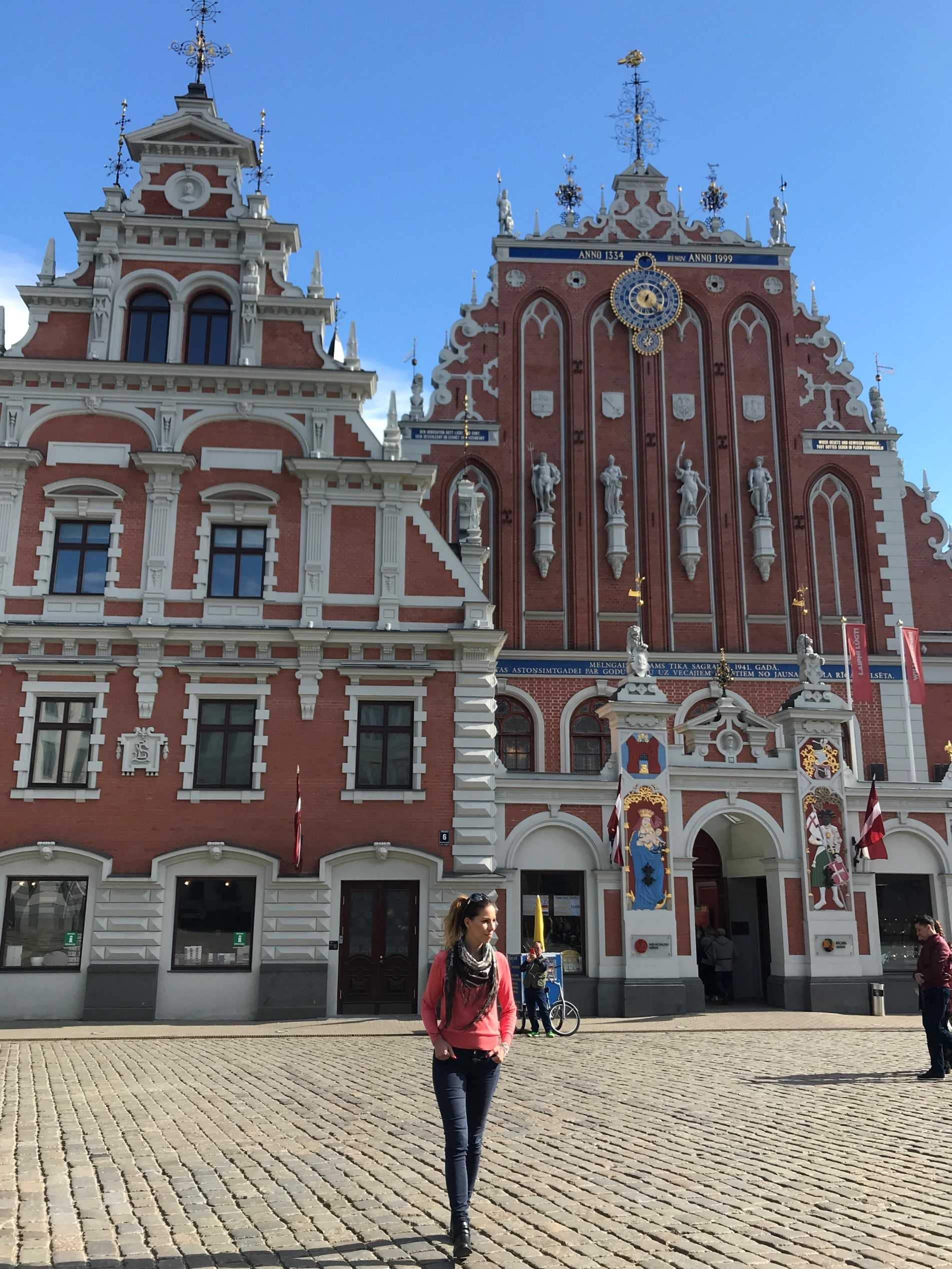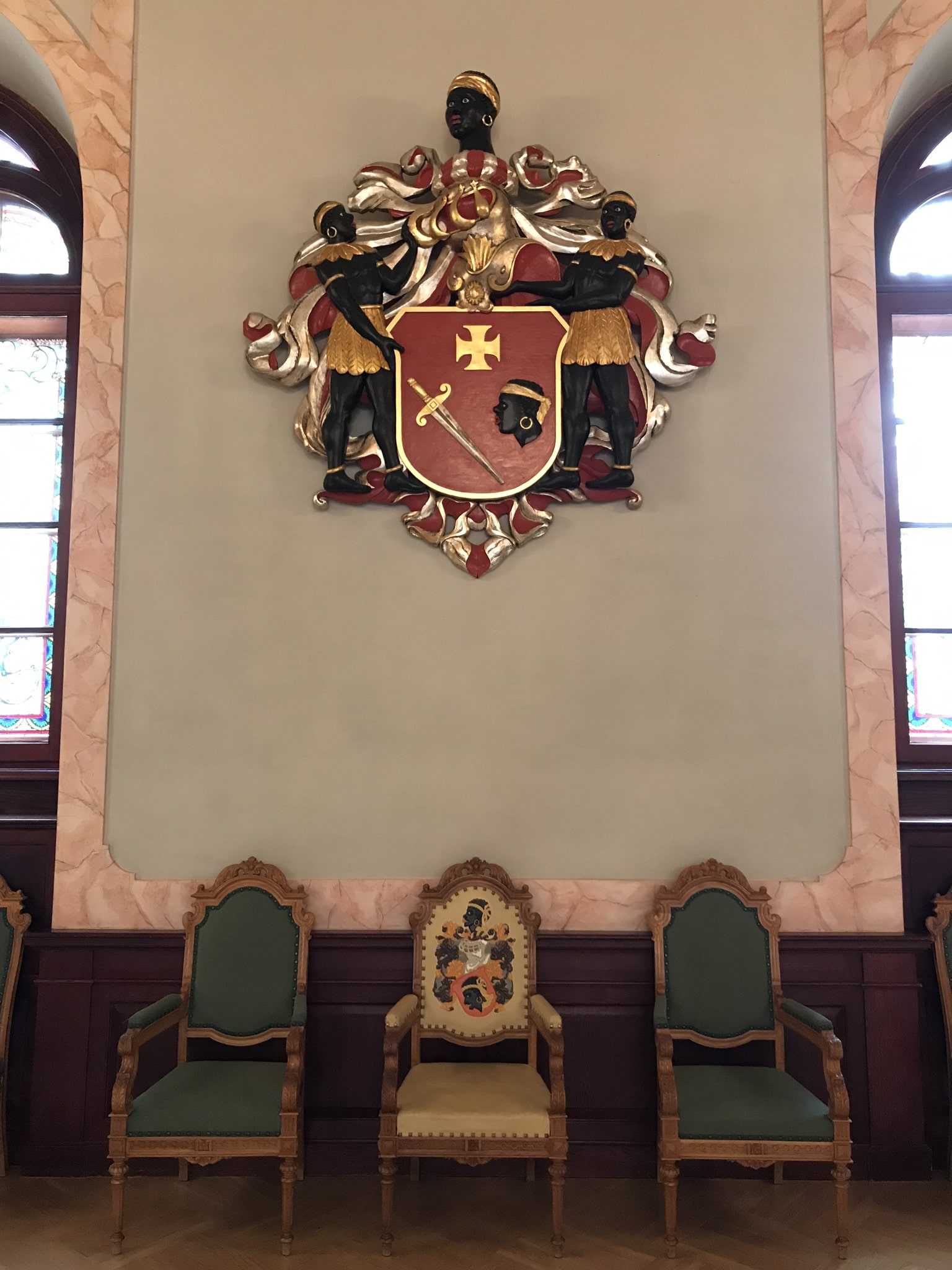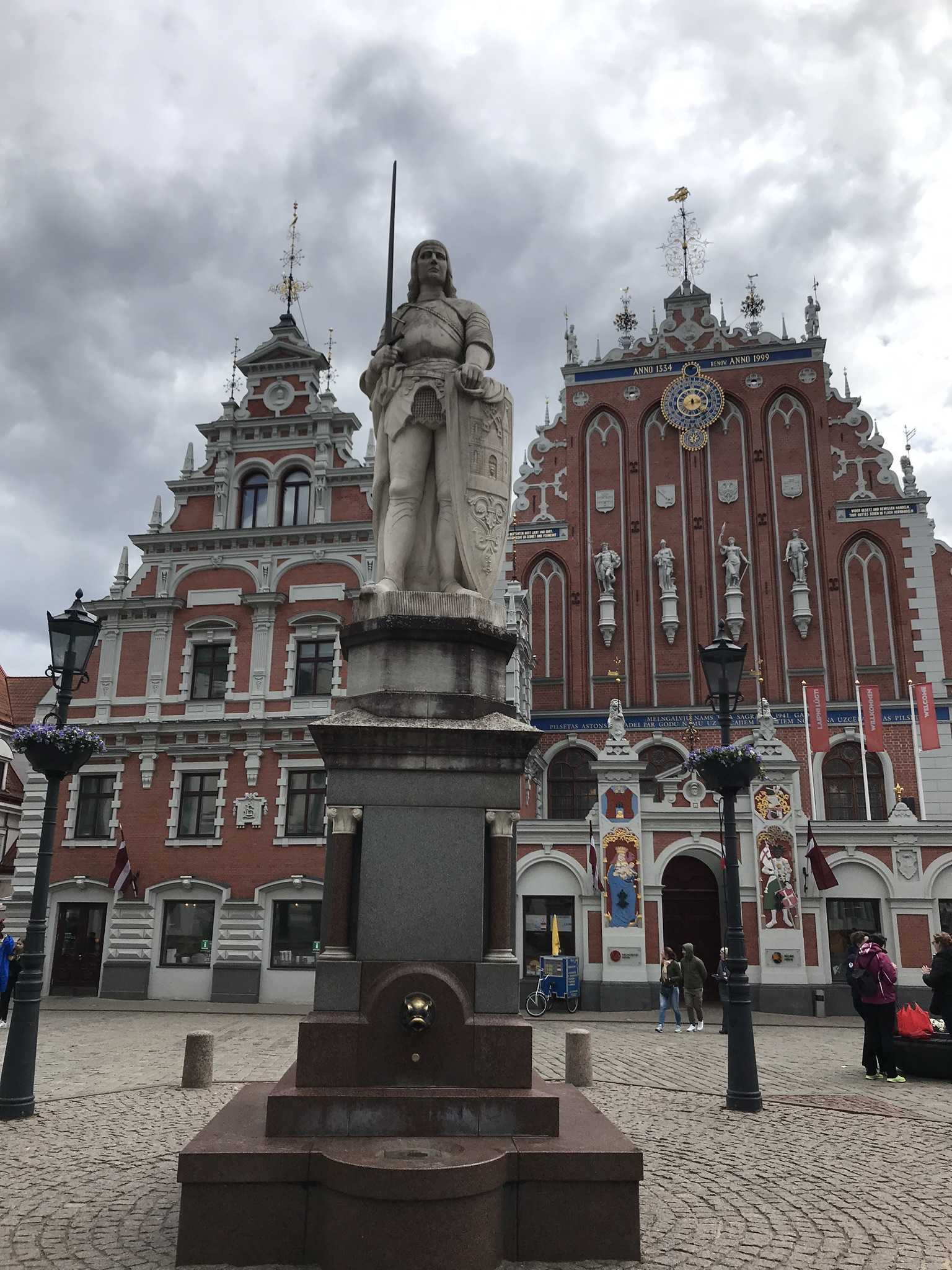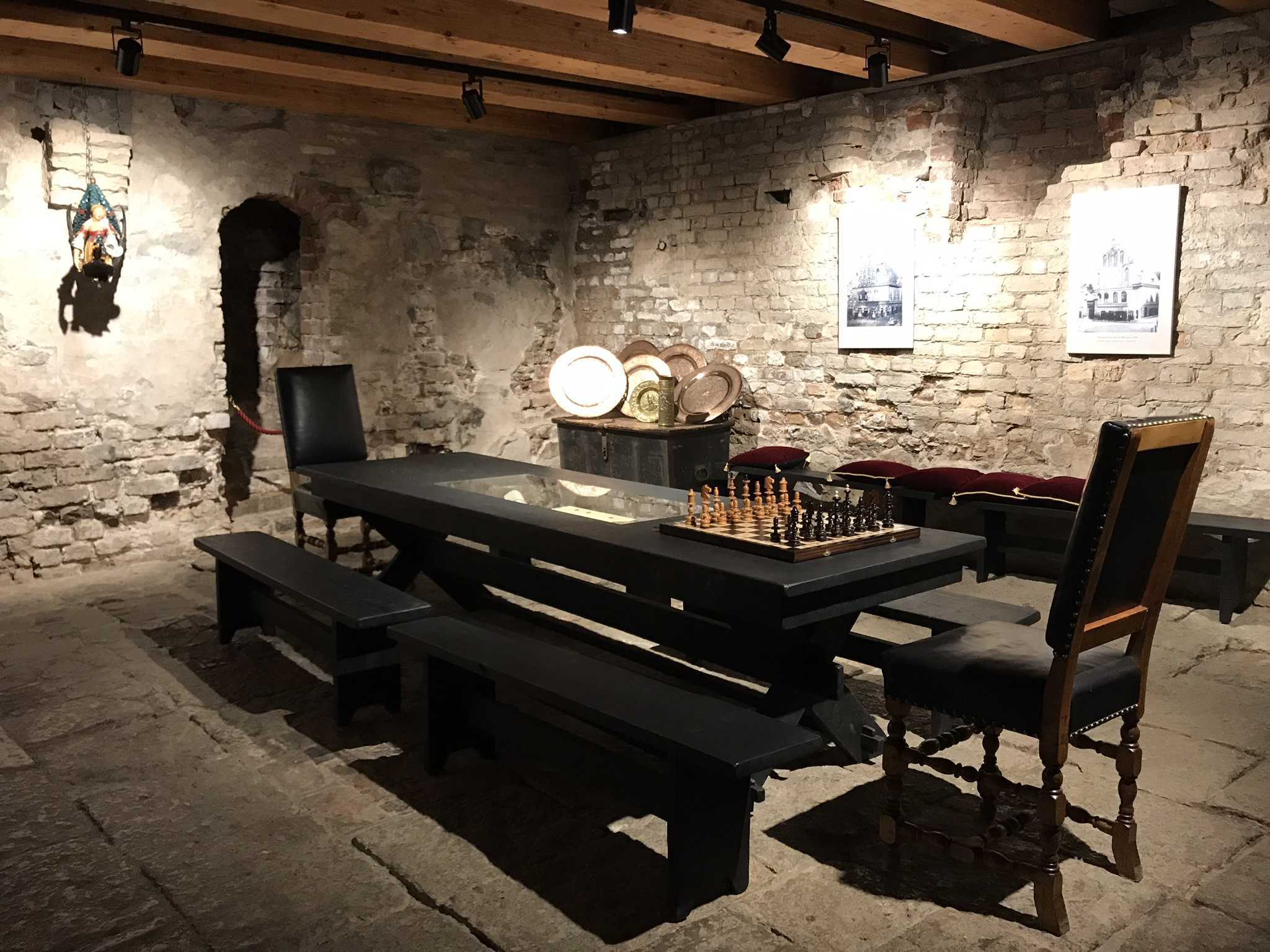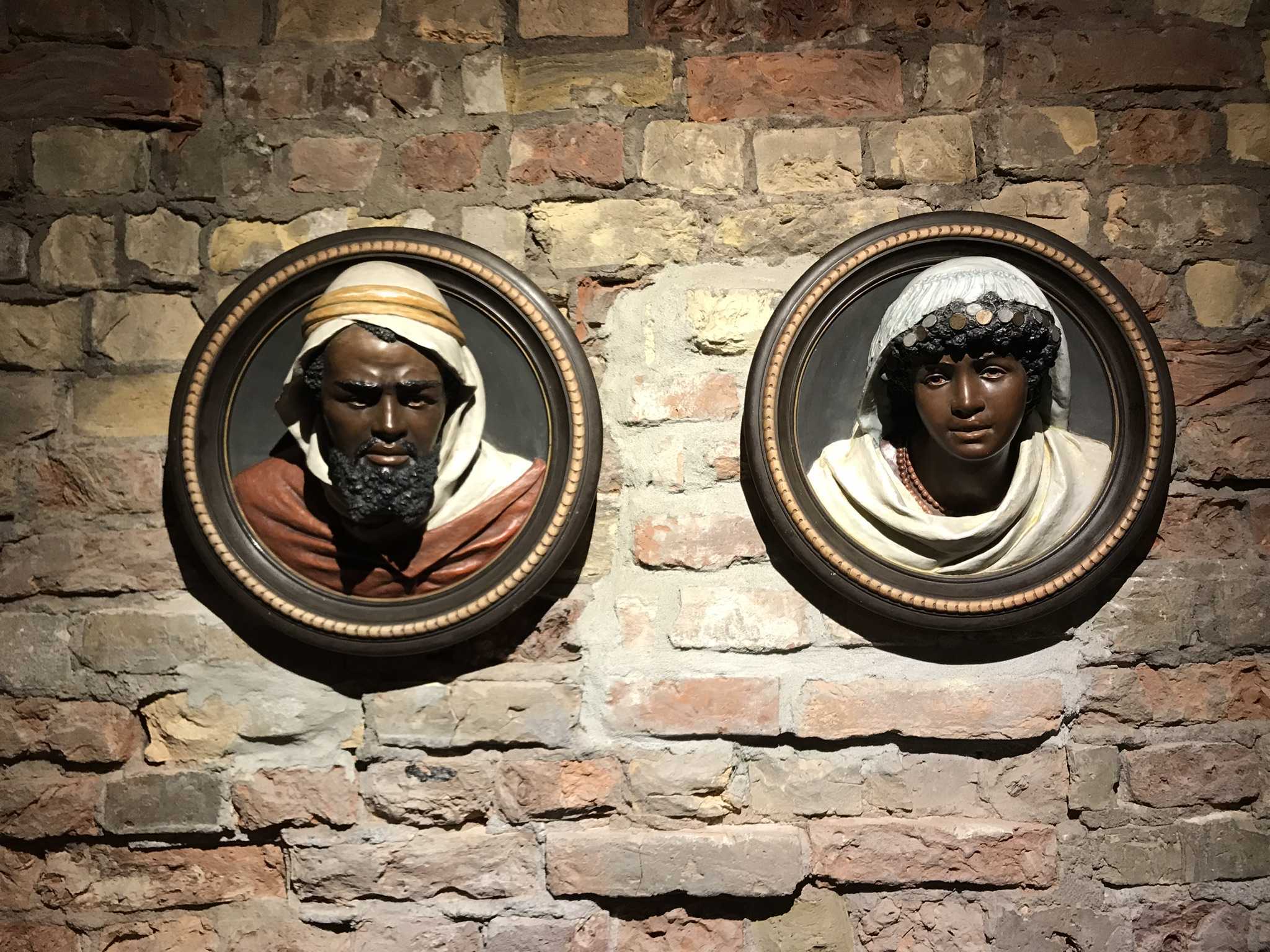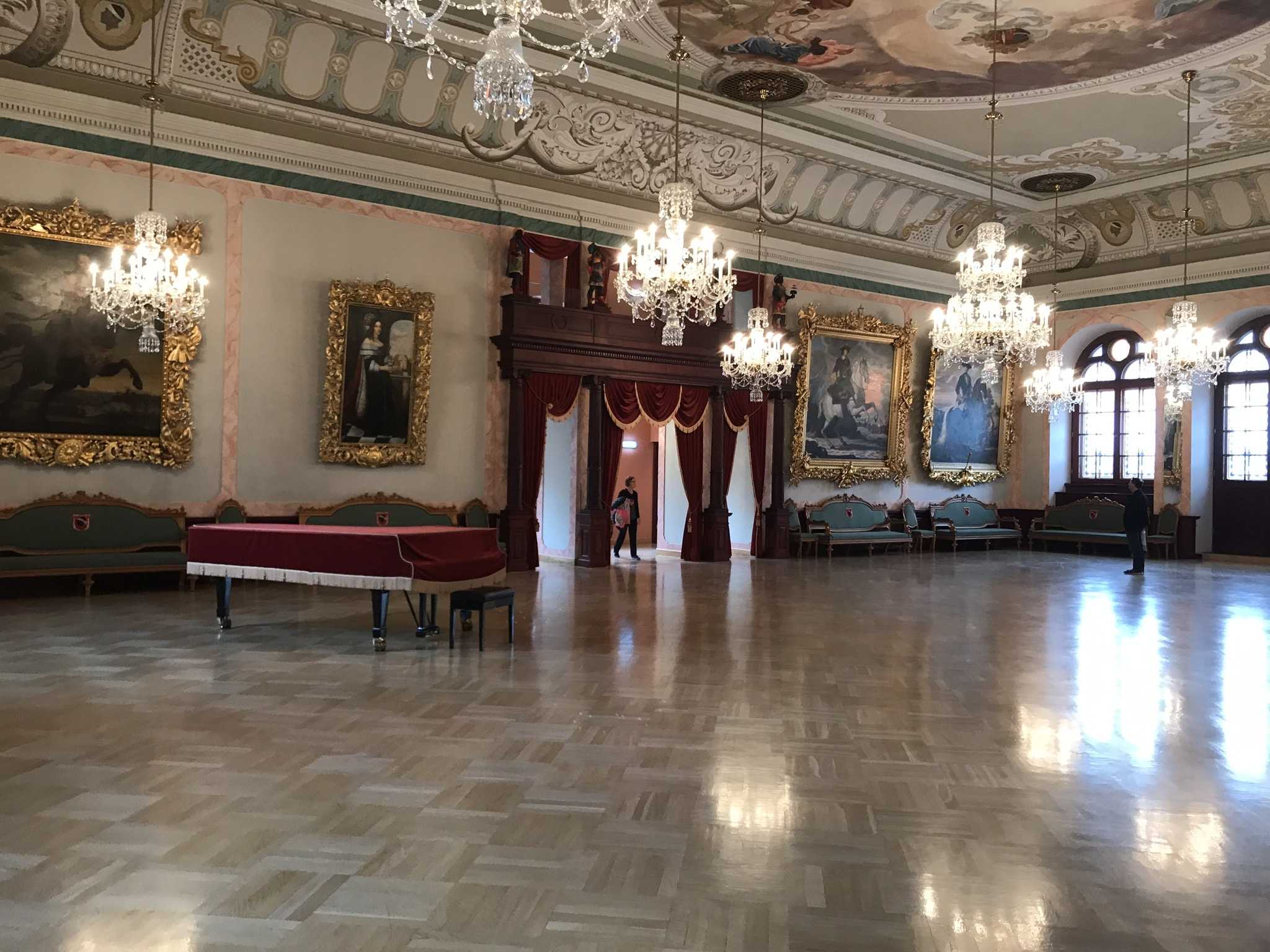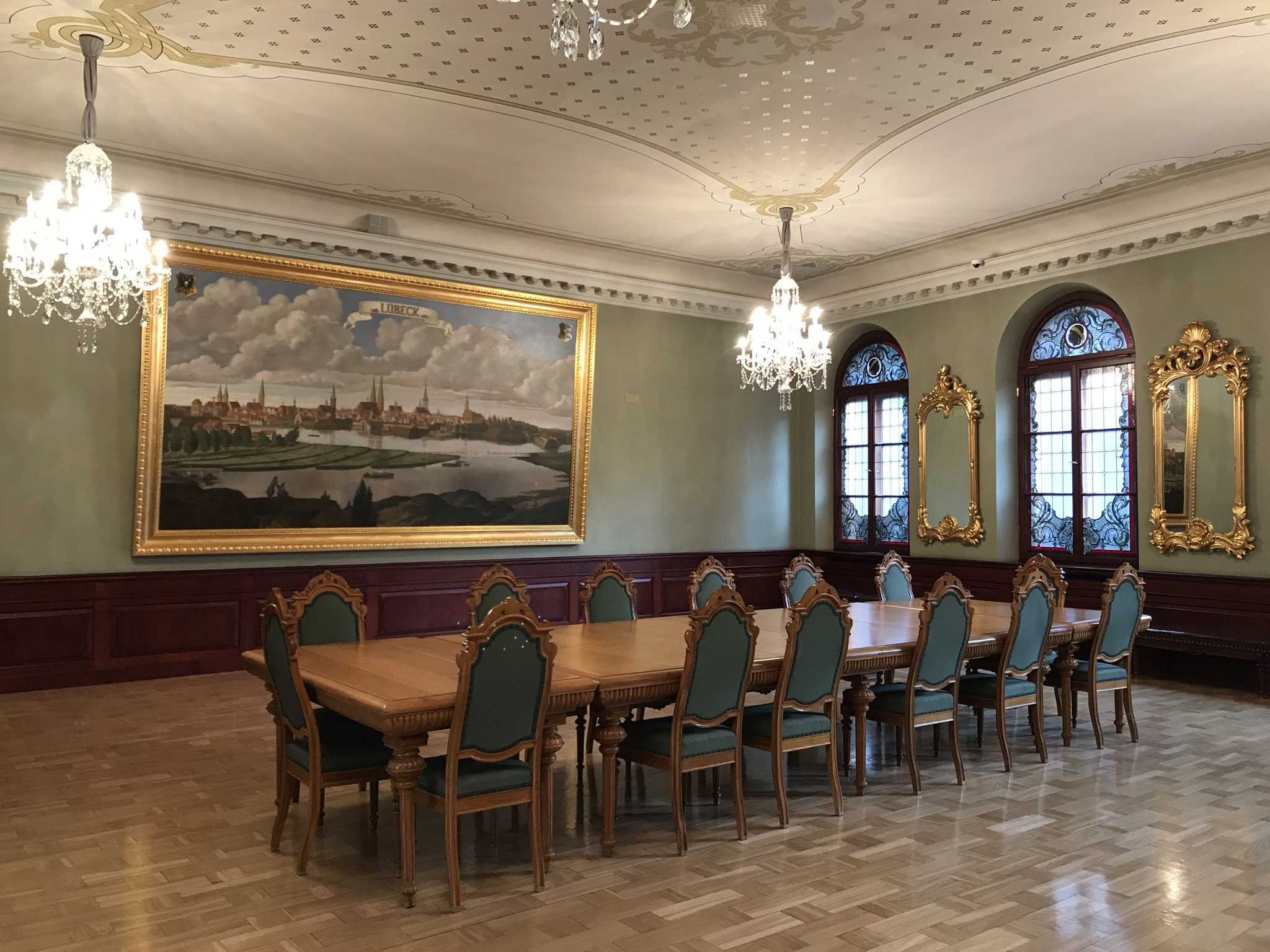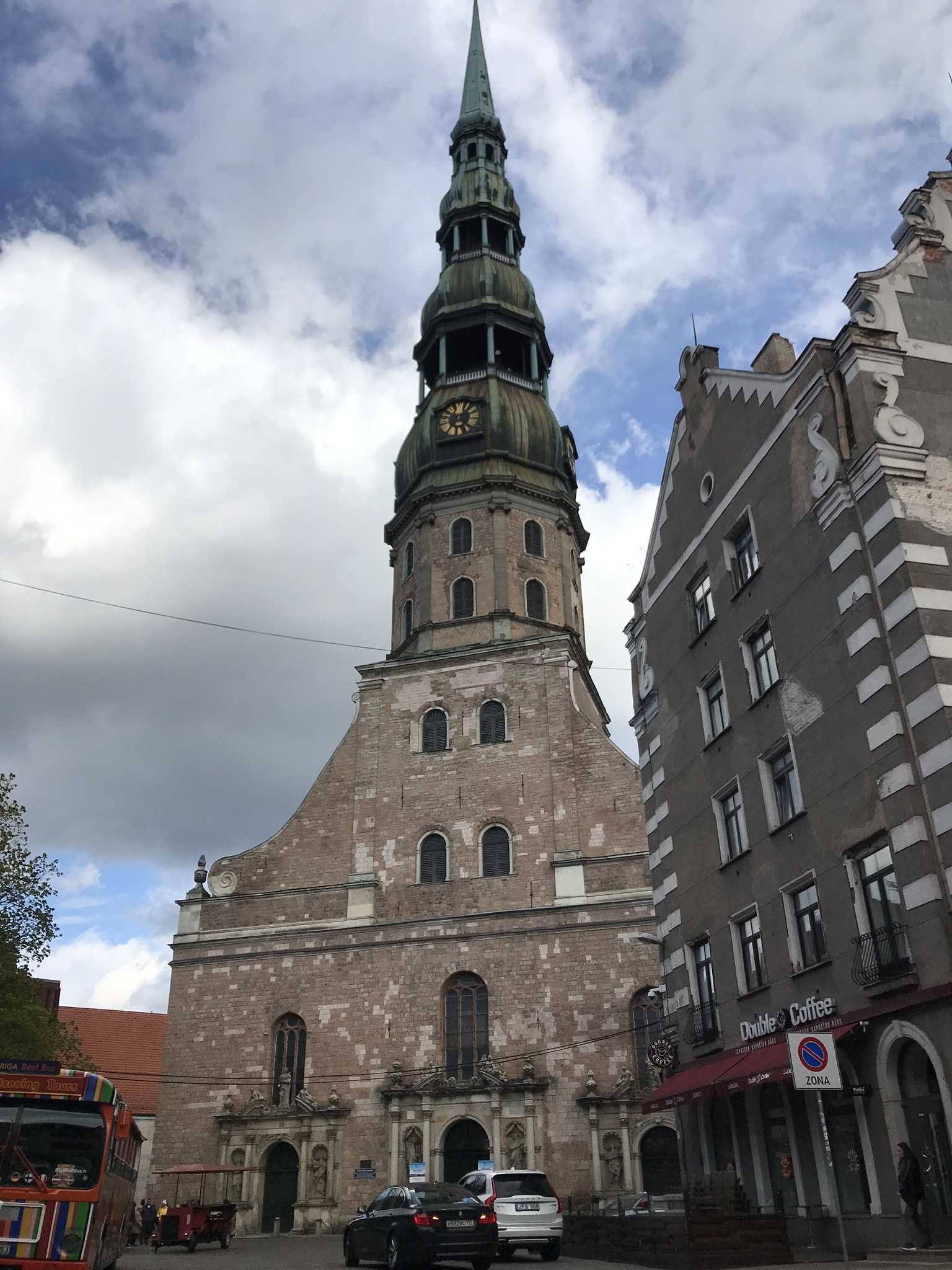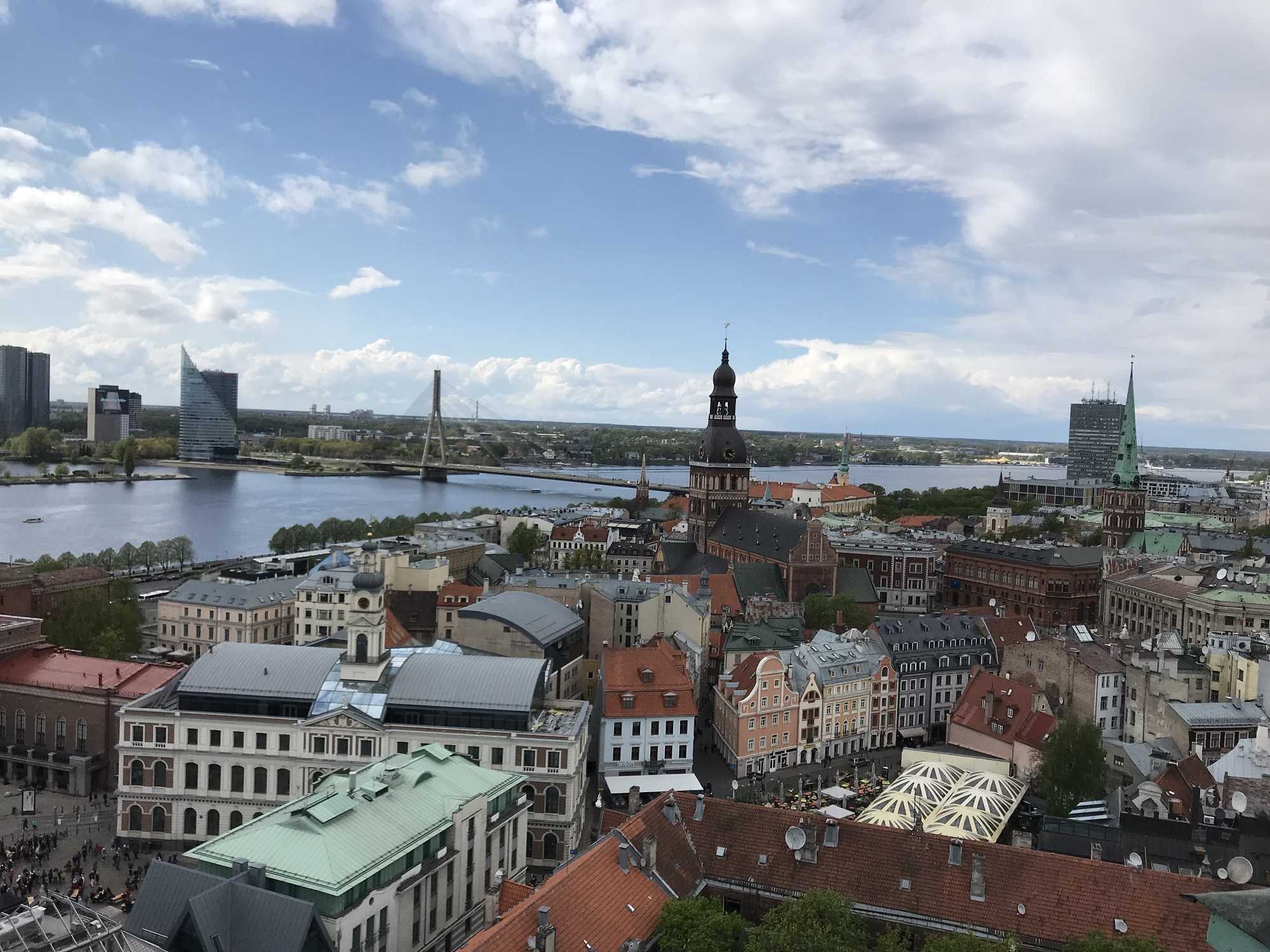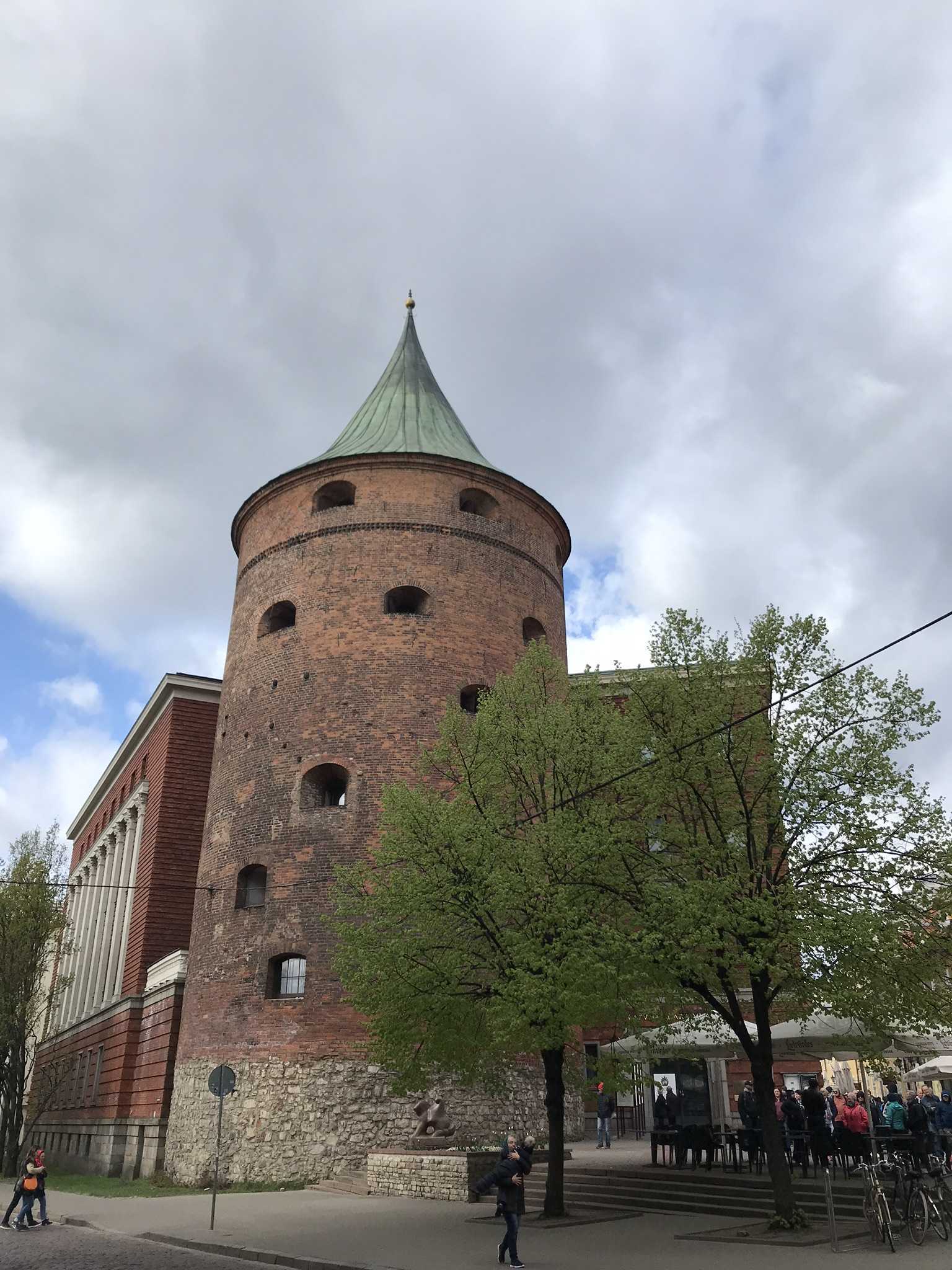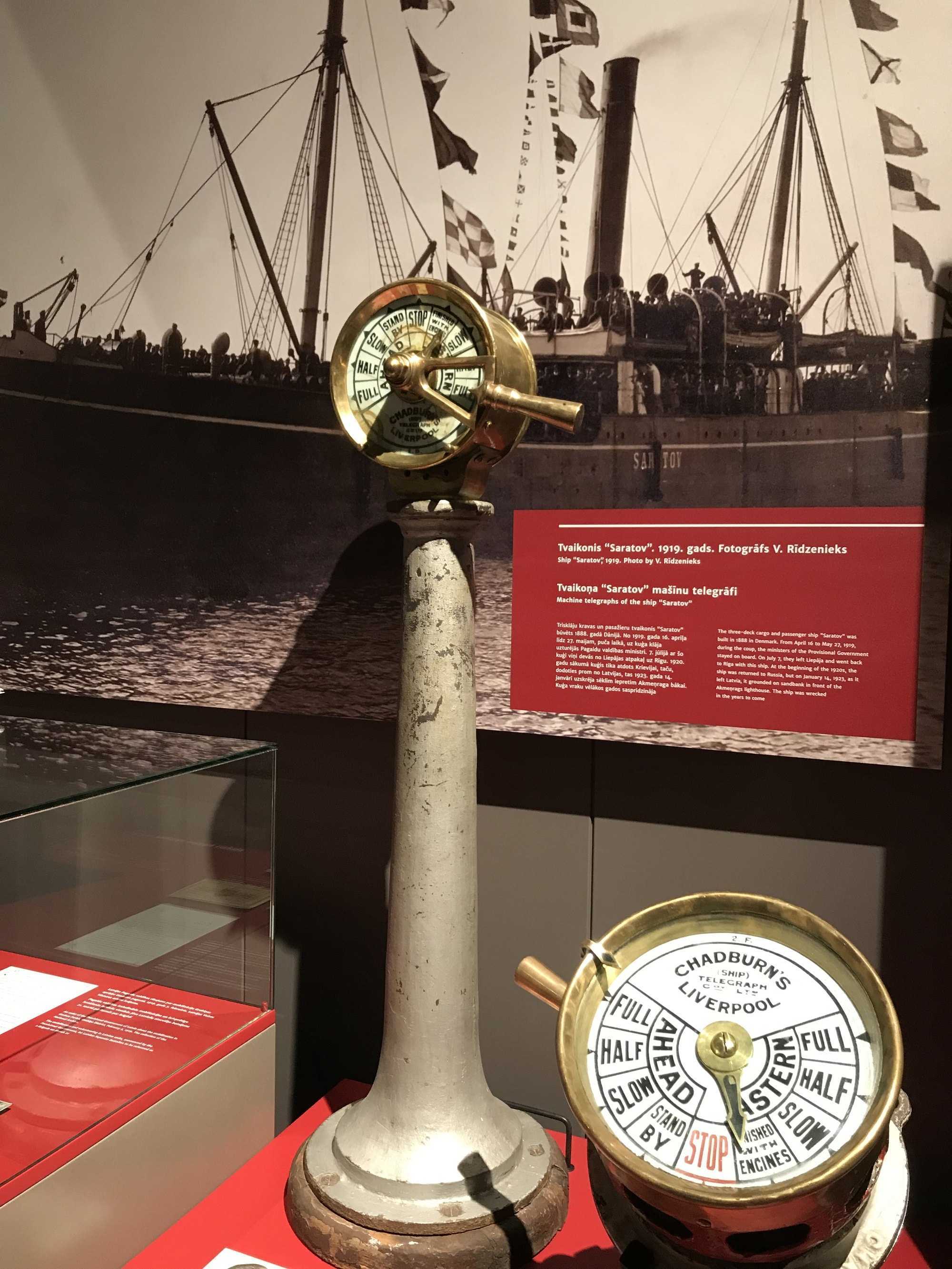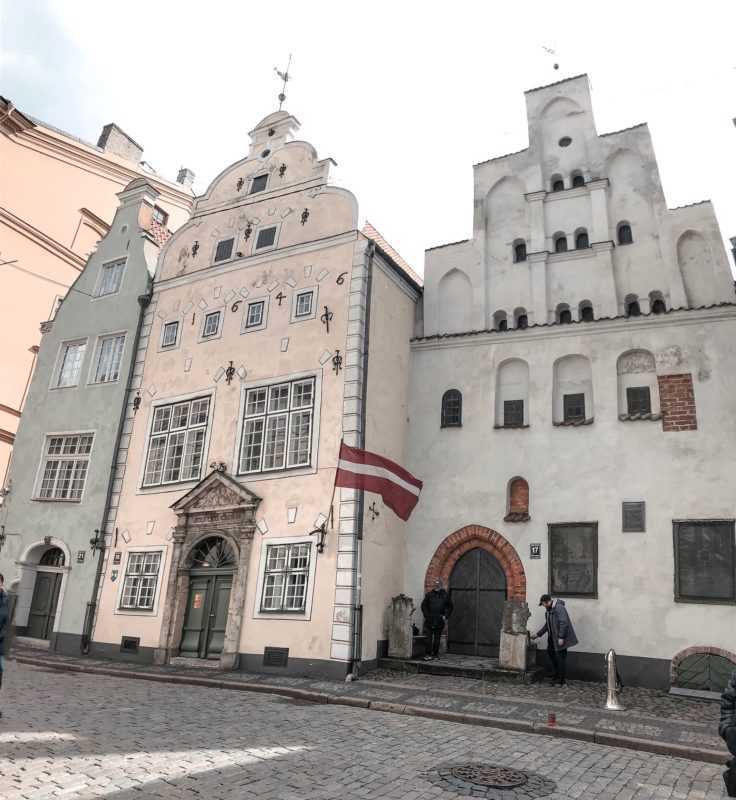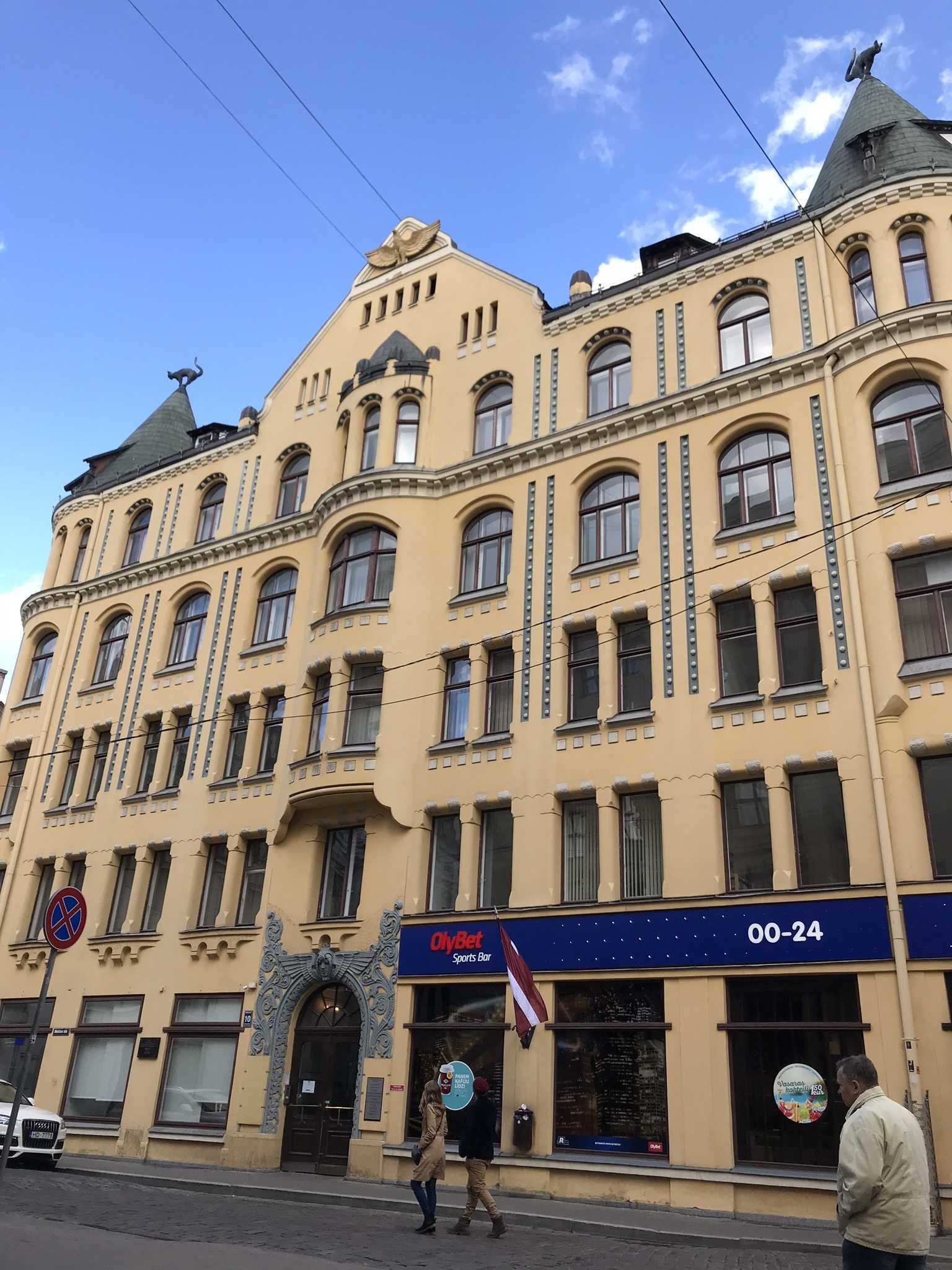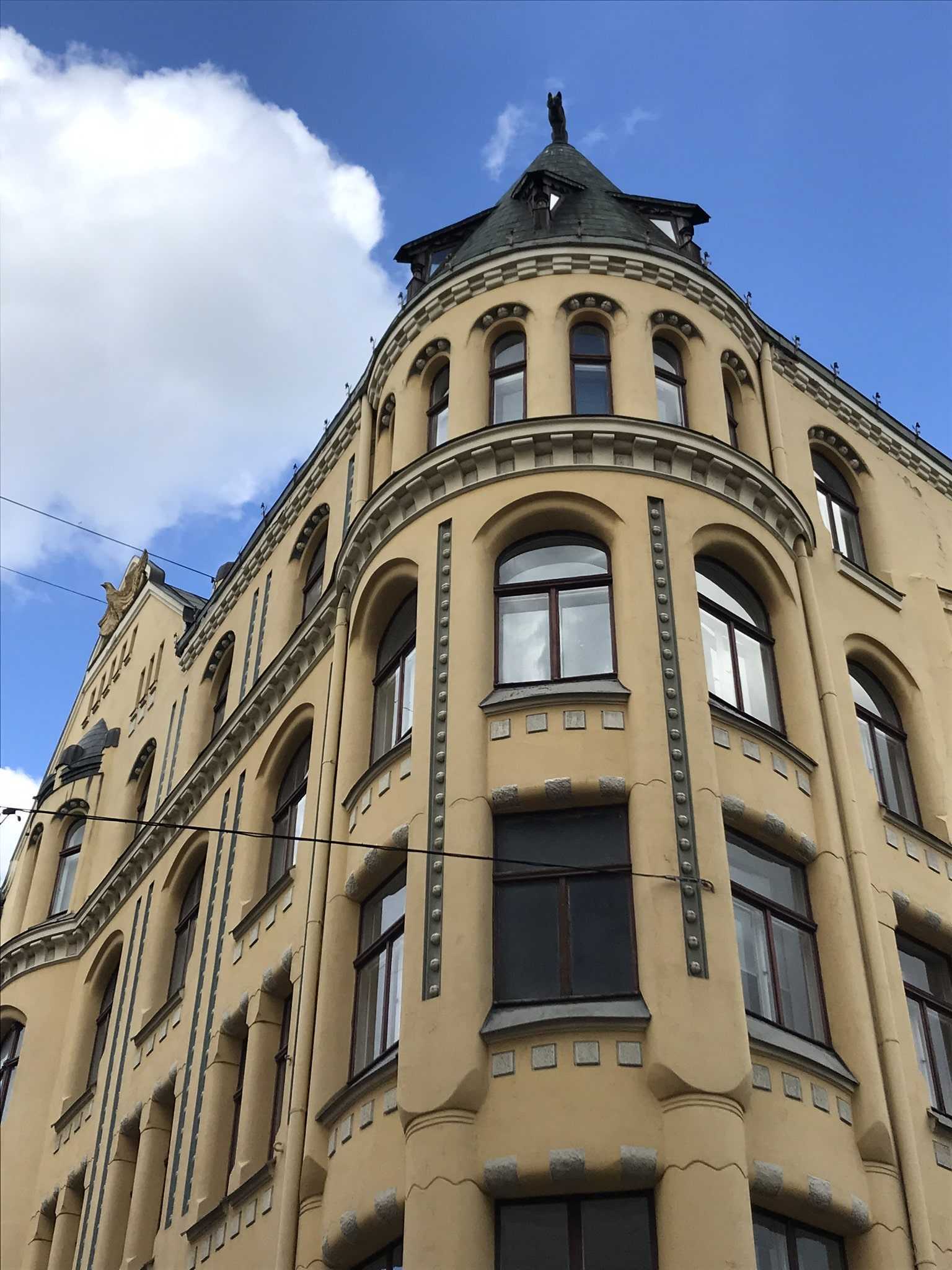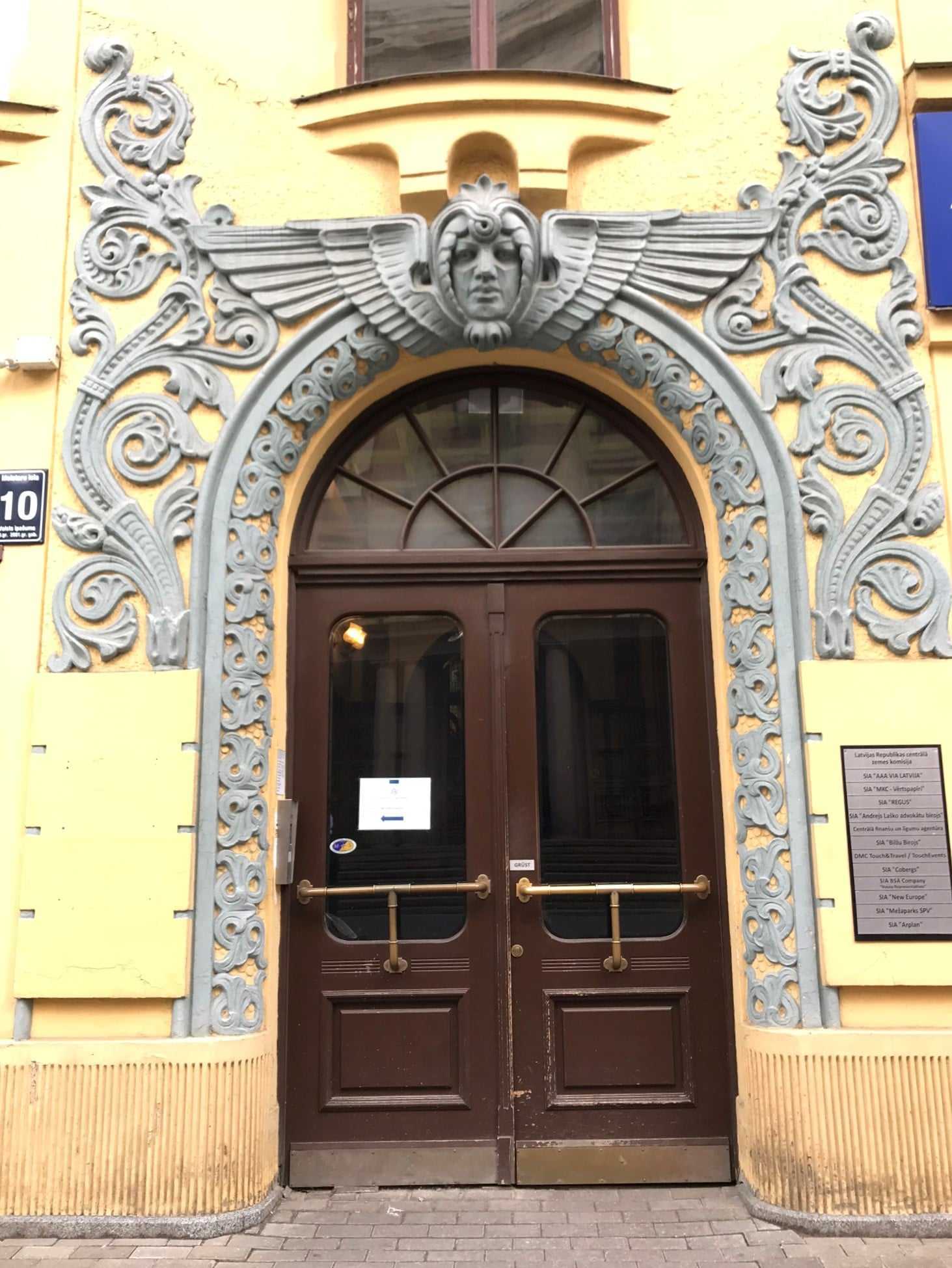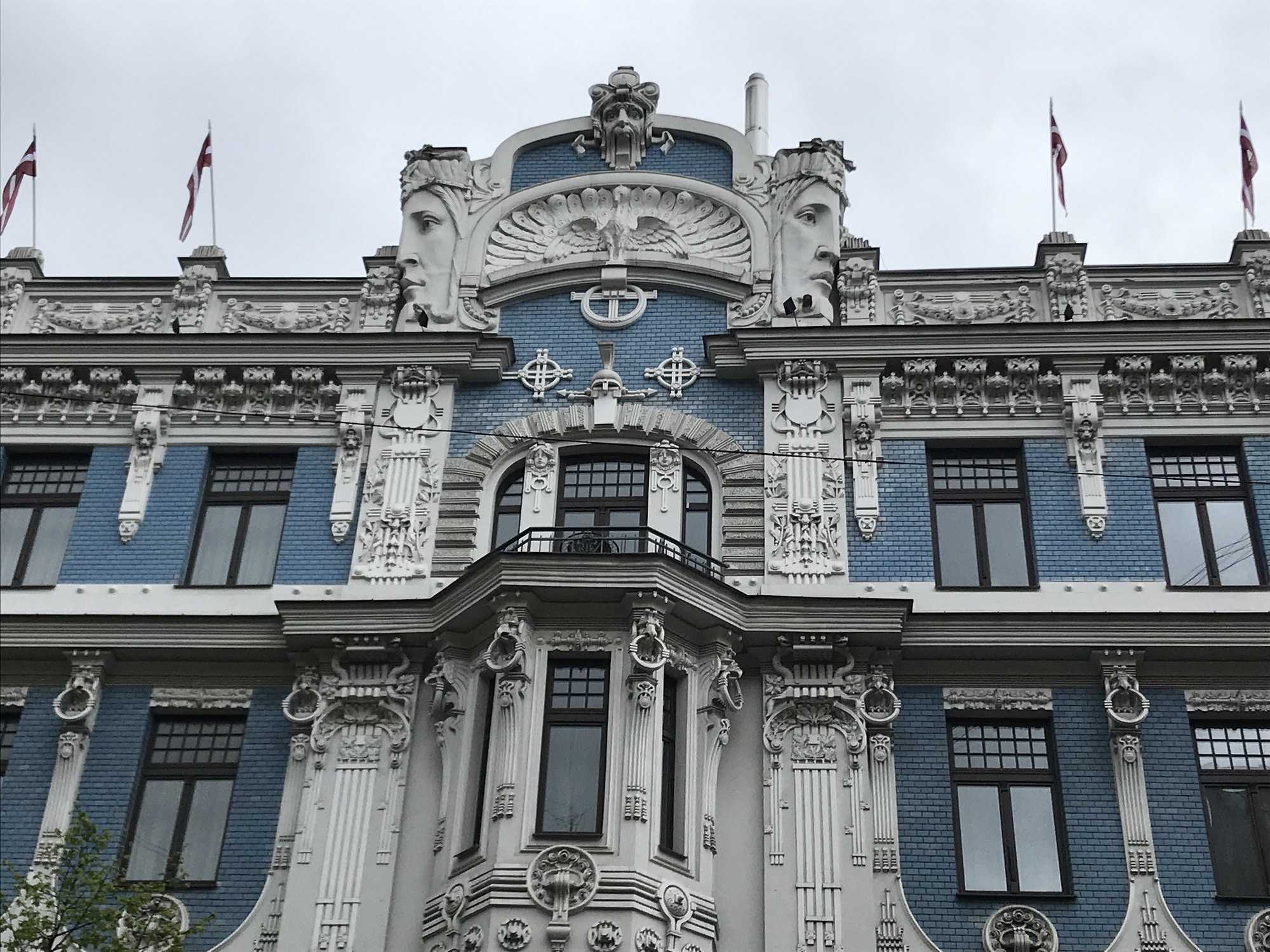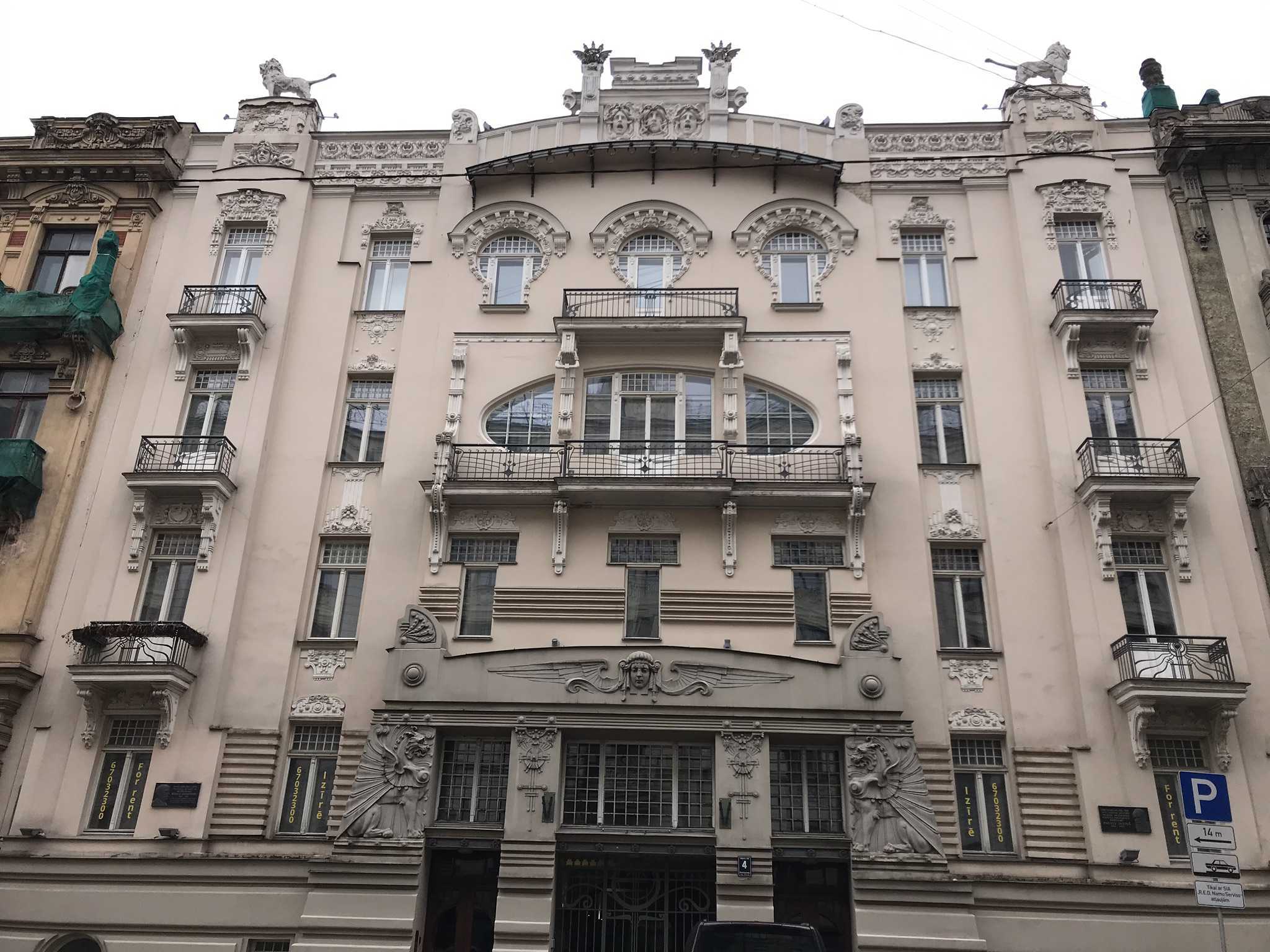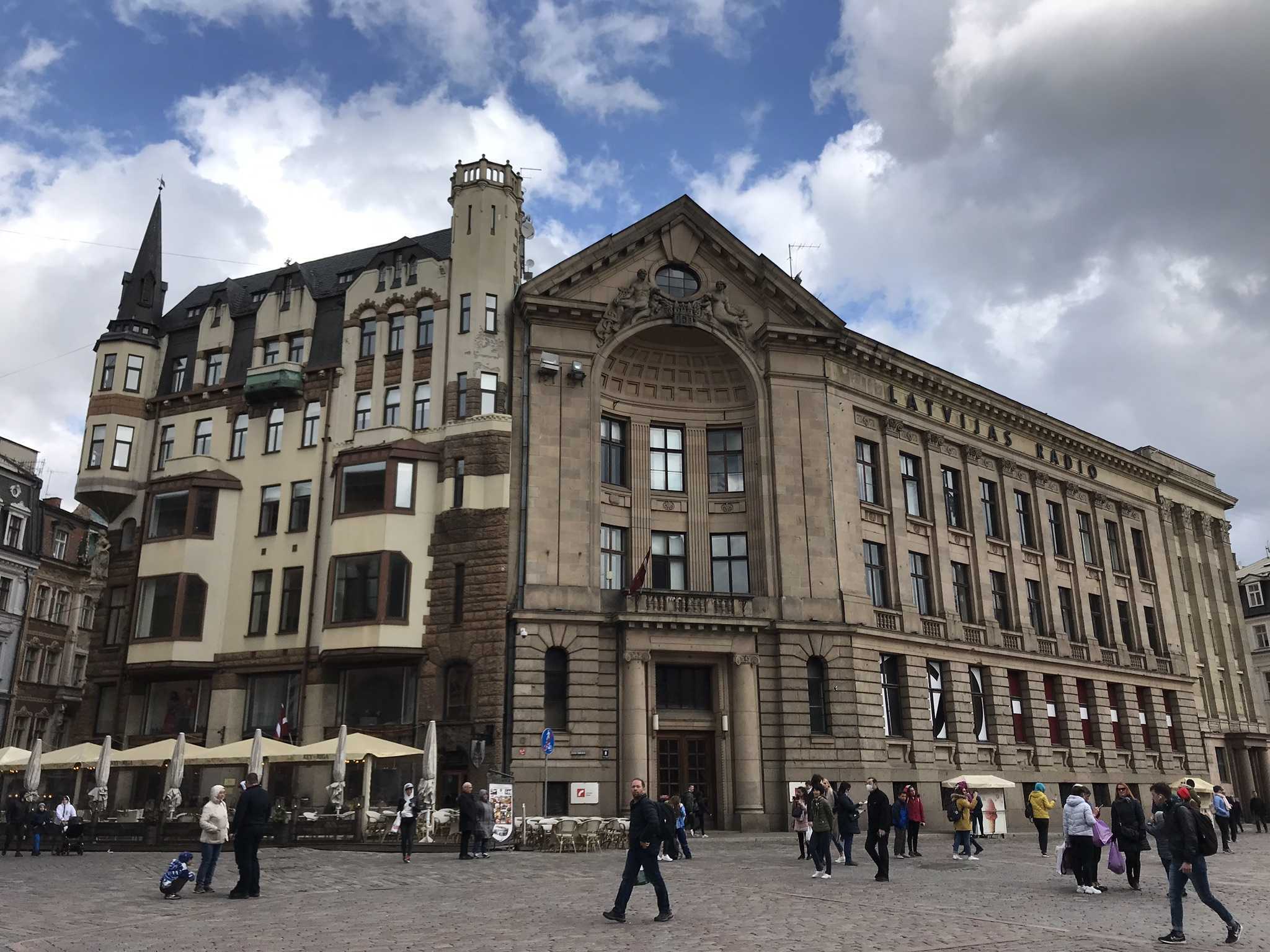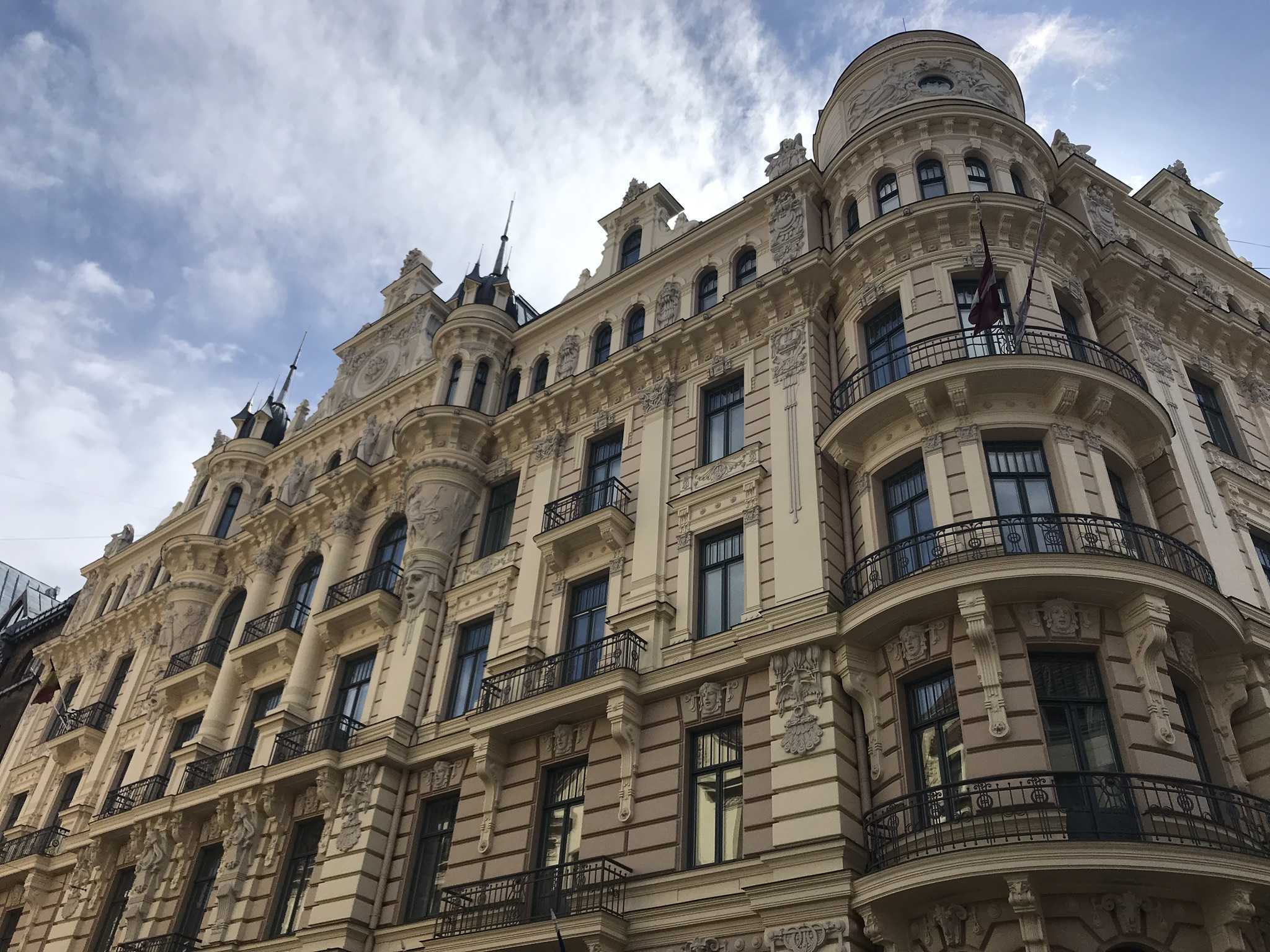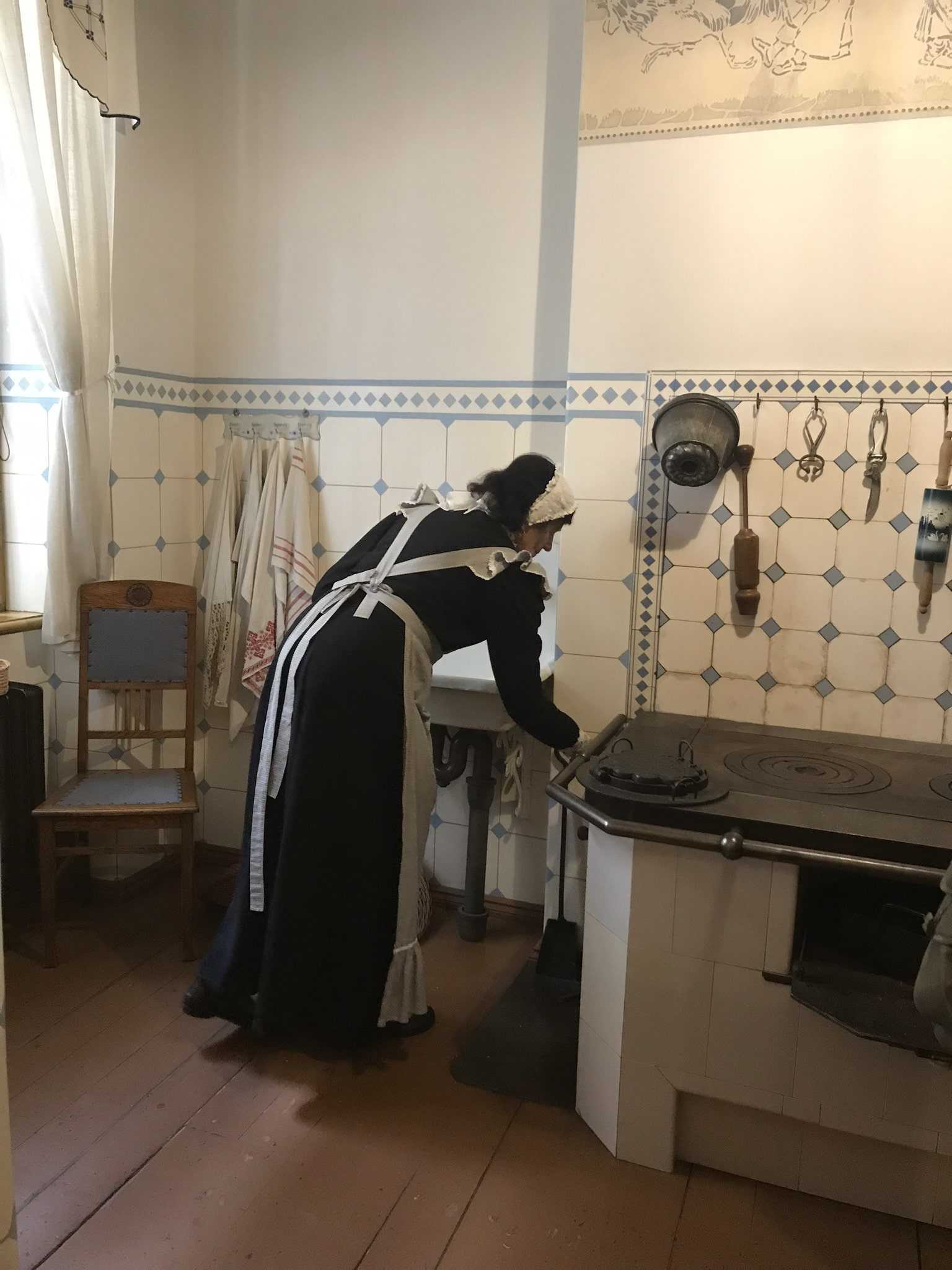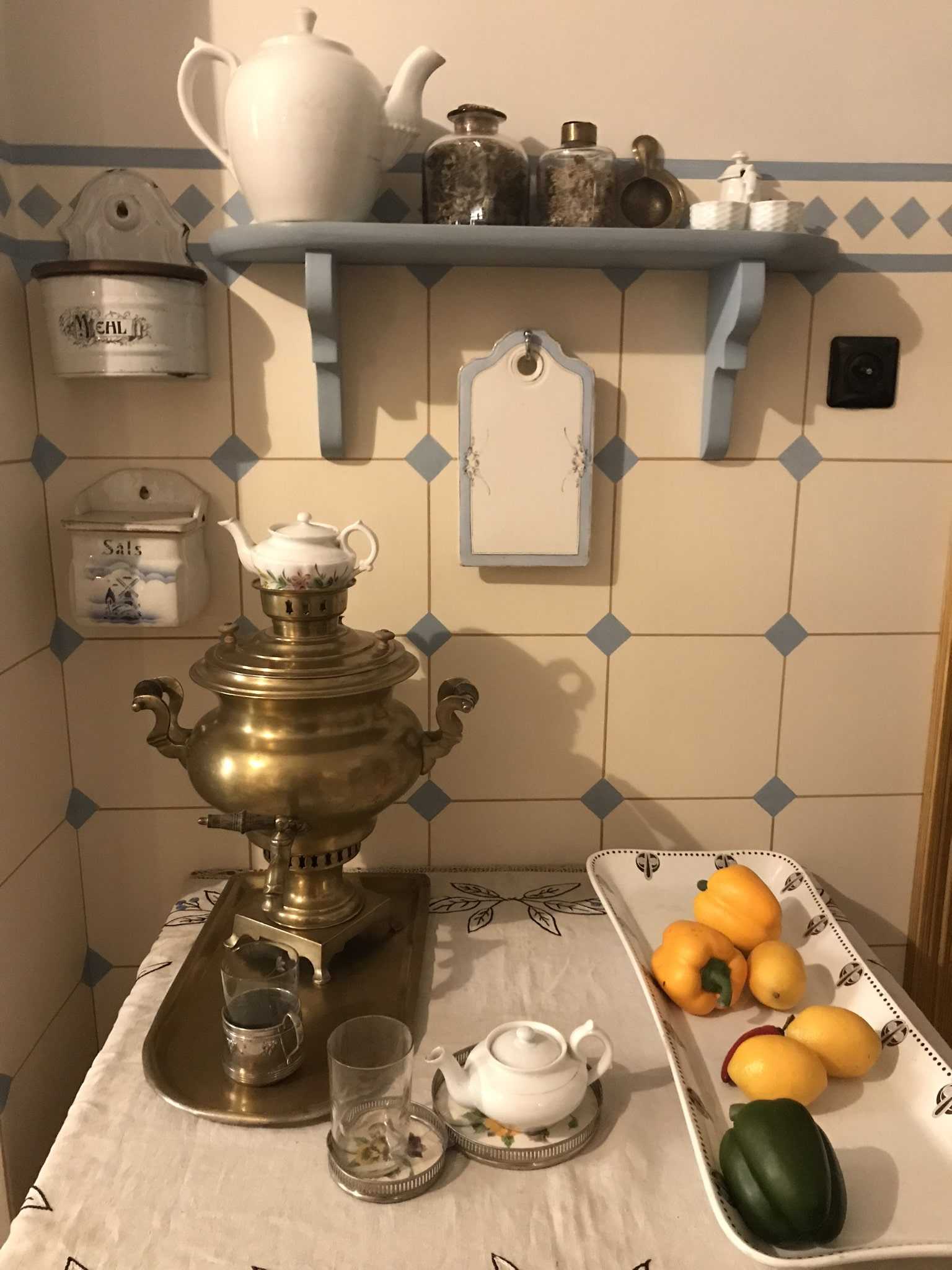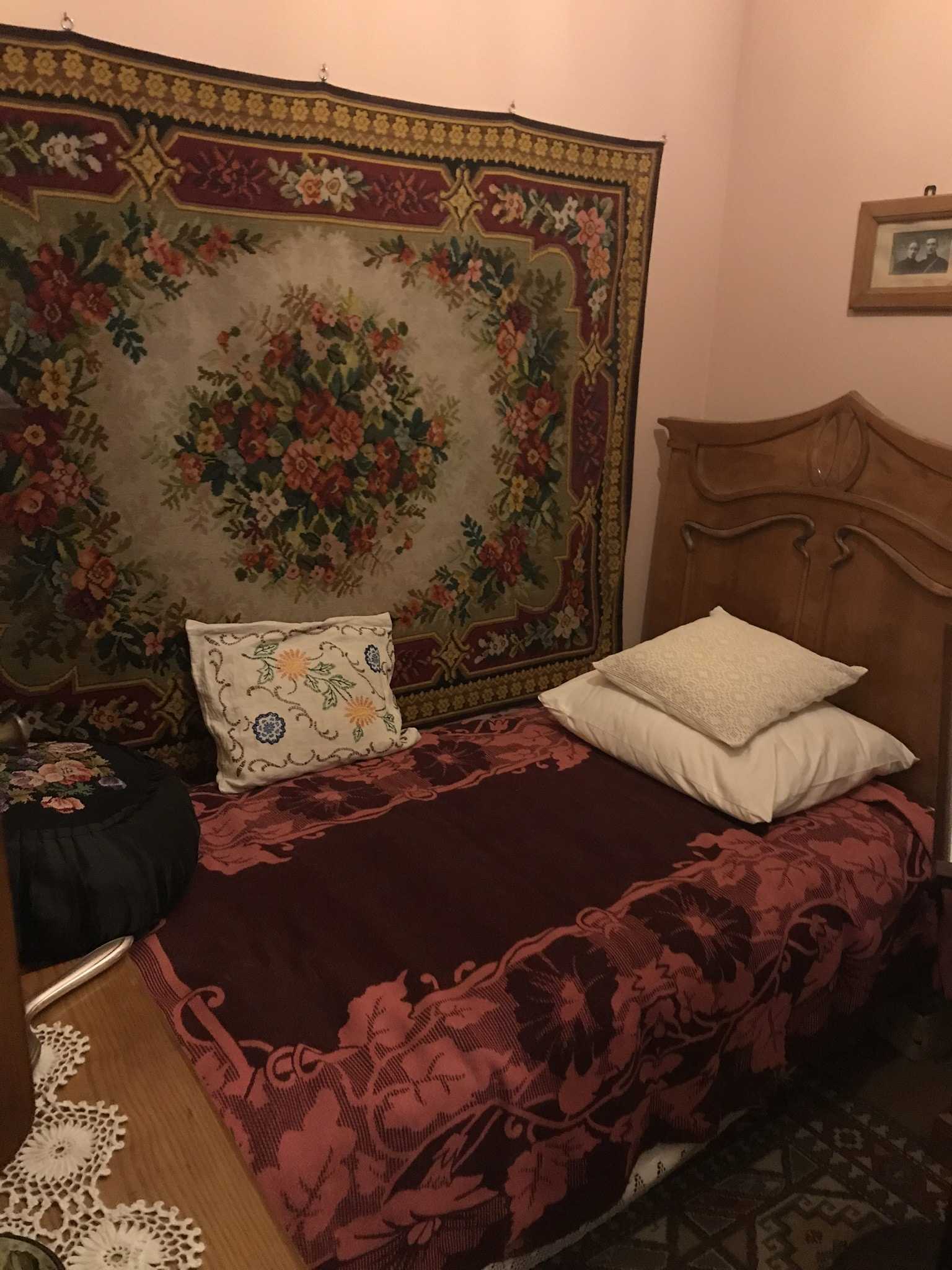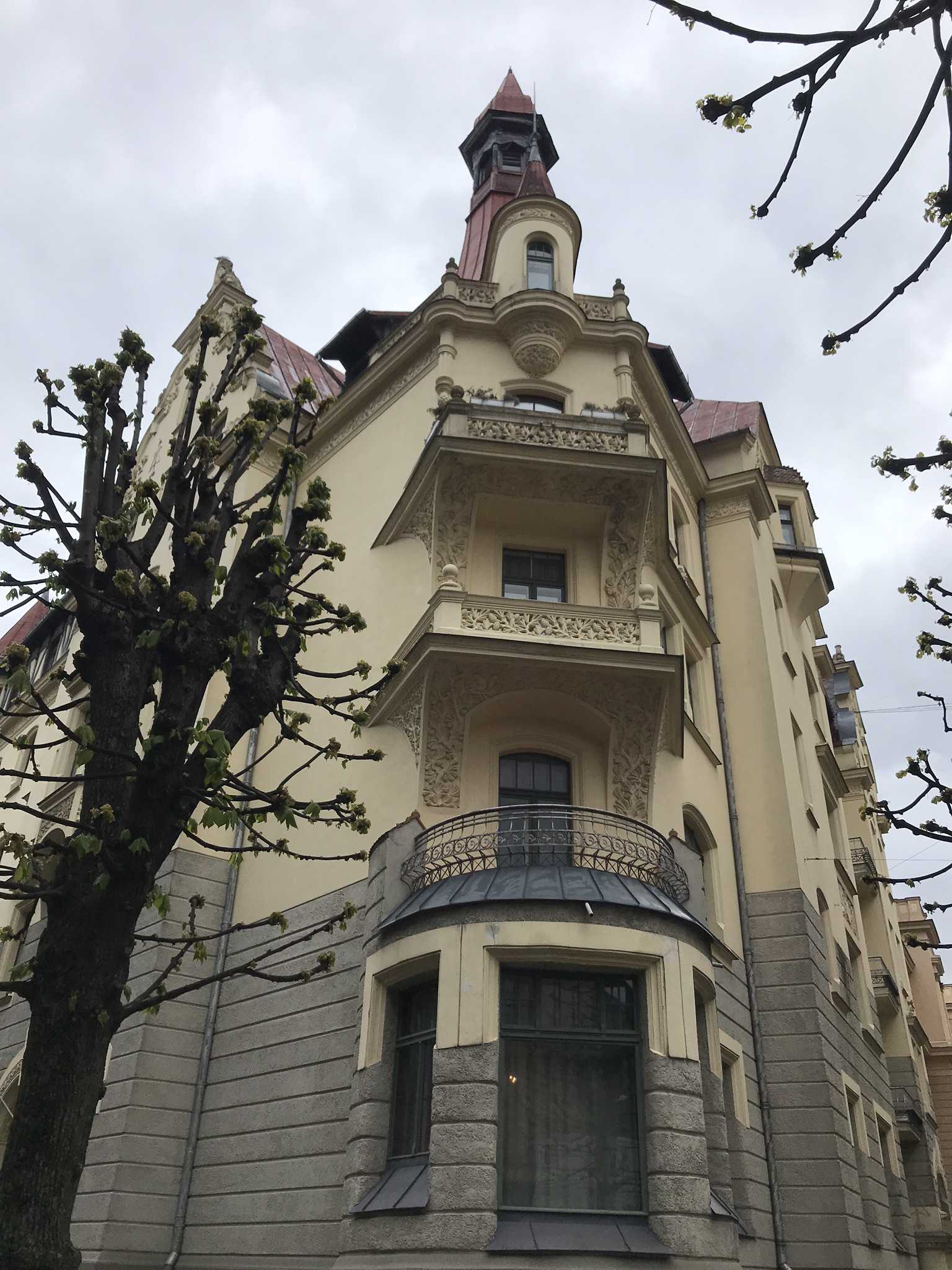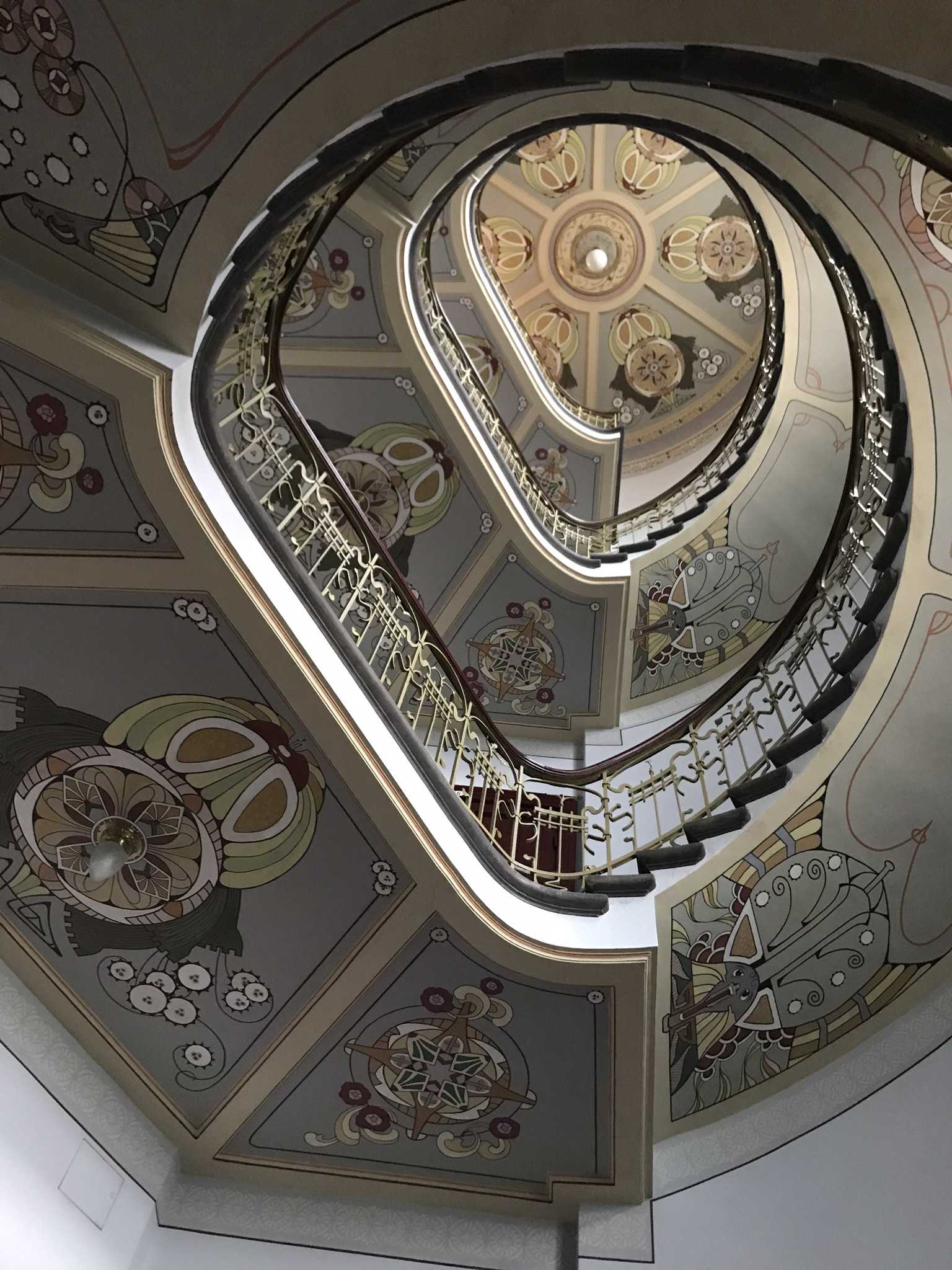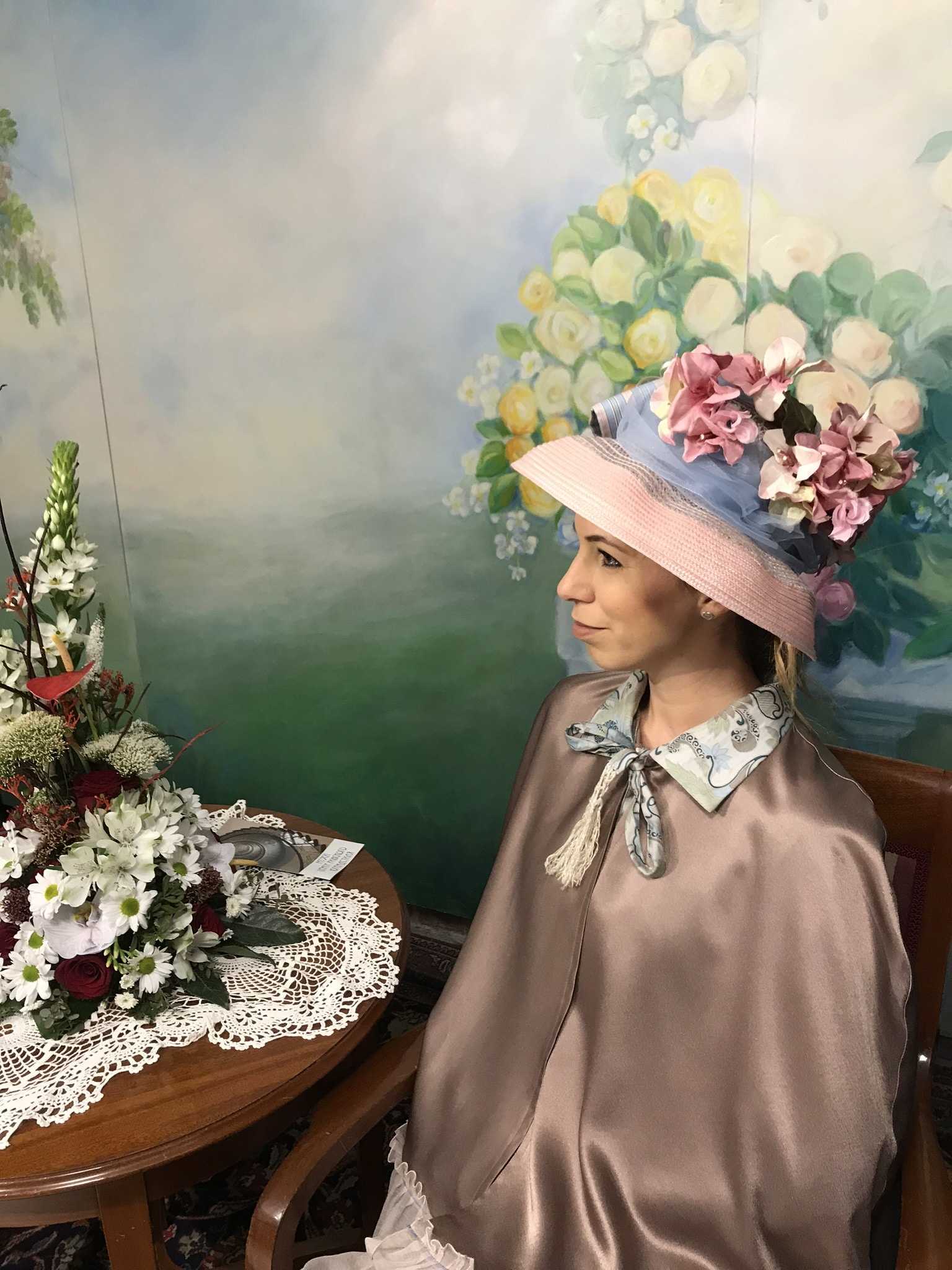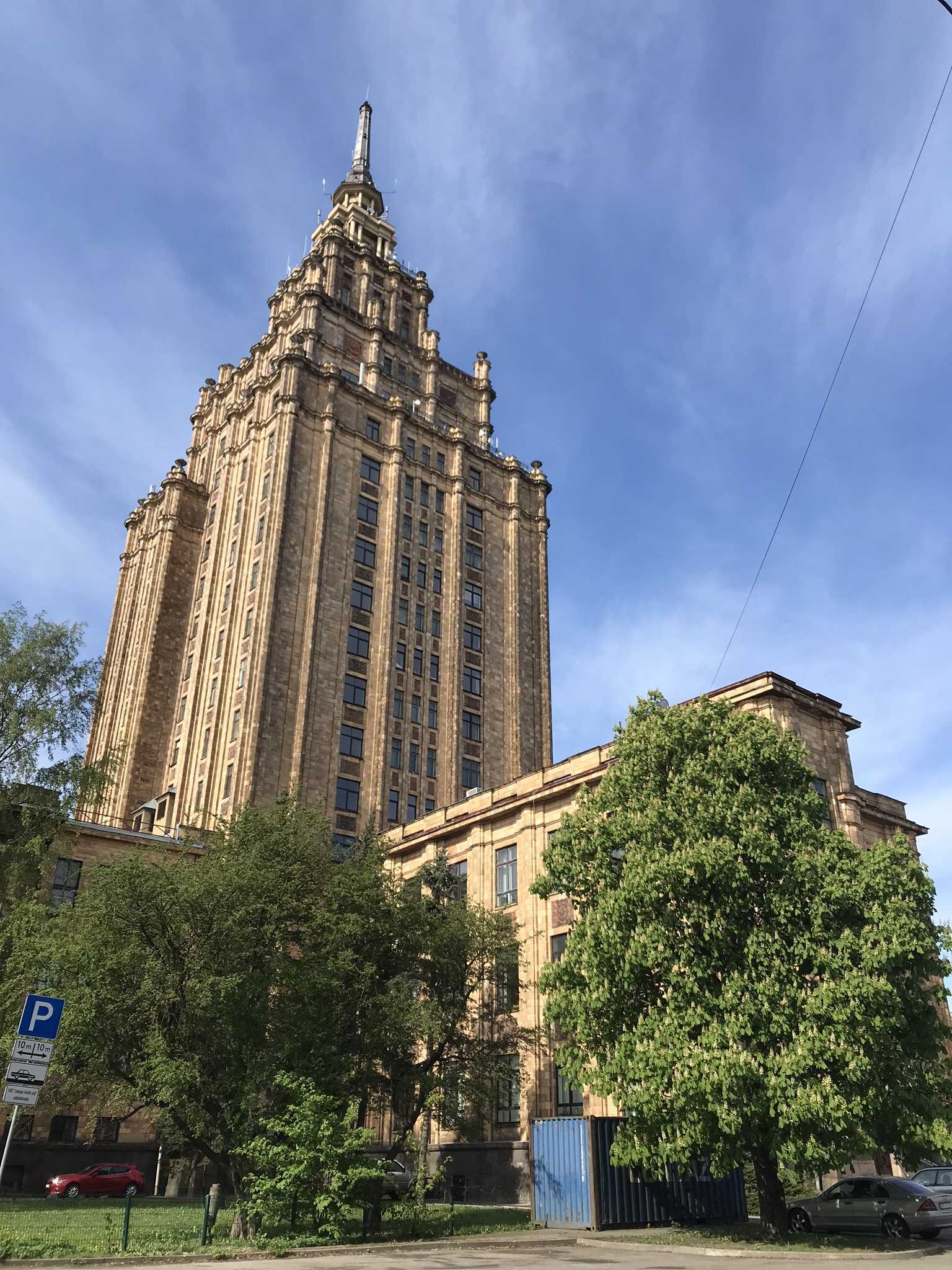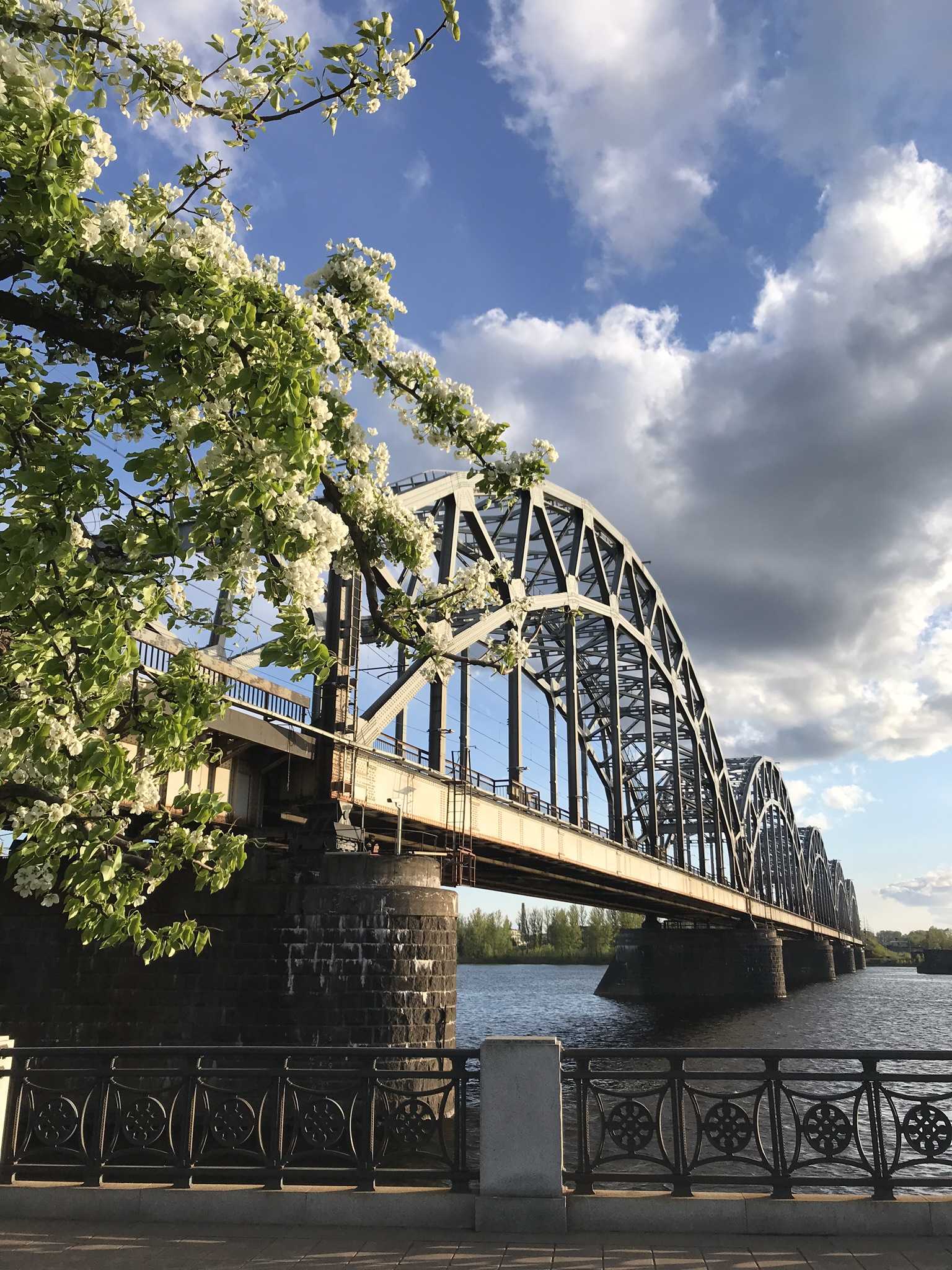And the central Baltic country and even the largest city. It is also the Wi-Fi capital of Europe. It is also a UNESCO World Heritage Site. It has even the world’s largest art nouveau collection point. And for me, Latvia is the venue of my 40th country. Taking south from Tallinn, we got off the bus at Riga Central Station around 11 pm after nearly 5 hours of travel. In the evening lights, the four huge concrete hangars seemed surreal, next to which, passing by with our rolling suitcases, I couldn’t wait to finally get a good night’s sleep in the accommodation. After Google maps couldn’t find the address – to be exact, it put the house number in a wrong place – and had to walk a good 2.5 km in the middle of the night, I started to get a little deja vu feeling that the landlord was pulling the shorter one again, as happened in Tallinn. Passing between the sociable and depressingly ruined houses, we arrived in the suburban part of Riga, where Vladislava was waiting for us with a wide smile on the 5th floor.
There, it turned out at the scene that I had managed to book a room only, not an entire apartment, through the Airbnb system in which the landlord painter lived. The smell of turpentine and the charming mixture of cigarettes swam in the hallway of an otherwise unheated apartment. Not my best accommodation experience, I must say. After such a history, I threw myself into the discovery of Riga without expectations, and day by day I fell from one ama to another. The ugly duck turned into a beautiful swan.
Riga’s history goes back a long way until the early 1200s, and as a trading city it always played an important role in the Hanseatic League. Until the 19th century, Riga followed the path of Germanic urban development, later falling under Swedish, Polish and eventually Russian rule. This diversity has left an imprint on the cityscape and architecture.
Riga’s old town is a UNESCO World Heritage Site, but despite its cobbled streets and narrow alleys, it is not as uniform and medieval as I saw in Tallinn. There is no city walls and arched gates here, but on the way to the old town, a large yellow building decorated with the names and coats of arms of Latvian cities still creates a sense of unity. The old town abounds in beautiful historical and sacral buildings, of which my personal favorites were as follows.
House of the Black Heads
Riga’s most emblematic complex, which, contrary to its name, is not black, but a pink wonder palace. It reveals in its old light at the city’s main square following numerous bomb hits in history. The origin of the house is extremely interesting. In the 15th century, a group of young Livonian and unmarried traders thought it was time to form an alliance and establish an elite club operating under strict rules. Since the merchants’ lives were far from safe, they chose an Egyptian martyr soldier, St. Moric, as their symbol, who was taken with them in the form of medallions and statues to protect them from the soldier’s spirit on long journeys. And because St. Moric was depicted with a black face (Moorish comes from the Greek word mauron), the young merchants became the blackheads.
The members of the alliance gathered regularly at the House of the Black Heads to meet and set important rules, such as the introduction of new units of measurement, or the value of a bag of salt or grain. Given that Riga owed its wealth power to trade over time the blackheads gained enormous influence in the city. They were given many privileges, such as the provision of dedicated benches in churches, which was a huge accolade, since let us not forget how much influence the church has always had in history.
St. Peter’s Church
Next to the House of the Black Heads there is this beautiful 800-year-old Lutheran church with breathtaking views of both the historic Old Town and the modern Riga.
The good news is that you don’t have to fight stairs for the view, but an elevator takes visitors up to the top of the 123-meter-high lookout. Unfortunately, it doesn’t come through the pictures that at the time of the shooting, the bells of every church in the city were ringing, so imagine that next to the picture.
Gunpowder Tower
This 14th-century brown tower is so special and imposing that there’s only one piece of it in Riga. I was amazed because these towers used to serve protective purposes, ergo there should have been more of them, not only one. In the Gunpowder Tower you can find Latvia’s largest martial arts exhibition today. The museum is free to visit and is extremely informative. You can walk along through five floors (25,000 exhibits!) and learn more about the country’s role in wars from the 9th century to the present day.
Three Brothers
Tallinn has the Three Sisters, while Riga owns the Three Brothers. The oldest residential complex in the city evokes Hansa times and is said to have been built by three men from the same family. But not at the same time, because then it wouldn’t be much interesting. Although only the middle ‘brother’ has the year of the building (1646), it is not the oldest of them. The white one was built around 1490 in the Dutch Renaissance style. The middle brother has the richest decorations, including God alone above the entrance! (Soli deo gloria). The youngest brother is the narrow green color building, which was erected in the second half of the 17th century. Its interesting feature is the tiny masked head above the entrance, which is designed to discourage overt spirits.
Wind cat
As a cat person, I couldn’t miss this building. Apart from this, I think it’ll make anyone smile seeing this cat on the roof of the art nouveau building. Two cats, to be exact. Legend says there was a wealthy merchantman, who built this house. He asked for admission to the most important alliance of merchants, but his application was denied. In revenge, he placed two hunchbacked cats on top of the towers, with their butts in the direction of the guild alliance. According to the other narrative, the two cats symbolize the dispute between the building man of the house and the city government. Whatever legend is true, the point is, the wind cats are angry and they don’t hide it.
Art Nouveau city part and museum
Many architecture lovers and enthusiasts visit Riga only to admire the city’s beautiful Art Nouveau buildings. Art nouveau art, started from England in 1890, has found fertile ground in the Latvian capital. So much so that Riga, with nearly 800 buildings, became the secession capital of the world. The most beautiful houses are located on Alberta iela, but there is also a very detailed map illustrated with photographs (you can download it by clicking here), which street, under what house number you can find beautiful houses.
For me, one of the highlights of the Riga tour was visiting the Art Nouveau Museum, where I flew back in time with the help of costume photography alongside age-old rooms and fixtures for nearly a hundred years. And the spiral staircase of the building that houses the museum was just icing on the cake.
Modern Riga
In addition to the historic city center and Art Nouveau buildings, there are many attractions in the city that worth seeing. Such as the Freedom Monument with a map of Latvia, the Academy of Sciences building, which reminds me most of all of Moscow’s Lomonosov University, the beautiful bridges, or the hangars in the introduction on the canal bank, which, as it turned out, are home to various markets.
Sitting on the banks of the Daugava, I recall my days in Riga. How I came here and how I’m leaving. If the initial difficulties had let me be influenced, Riga might not have been a pearl of the Baltics. “Because no matter where the road leads, there’s no need to be afraid if it’s a little complicated. Every station is different from something, that’s what makes the trip so beautiful.” With these thoughts, I continue my journey to the last country of the Baltics, Lithuania. Keep coming with me.



